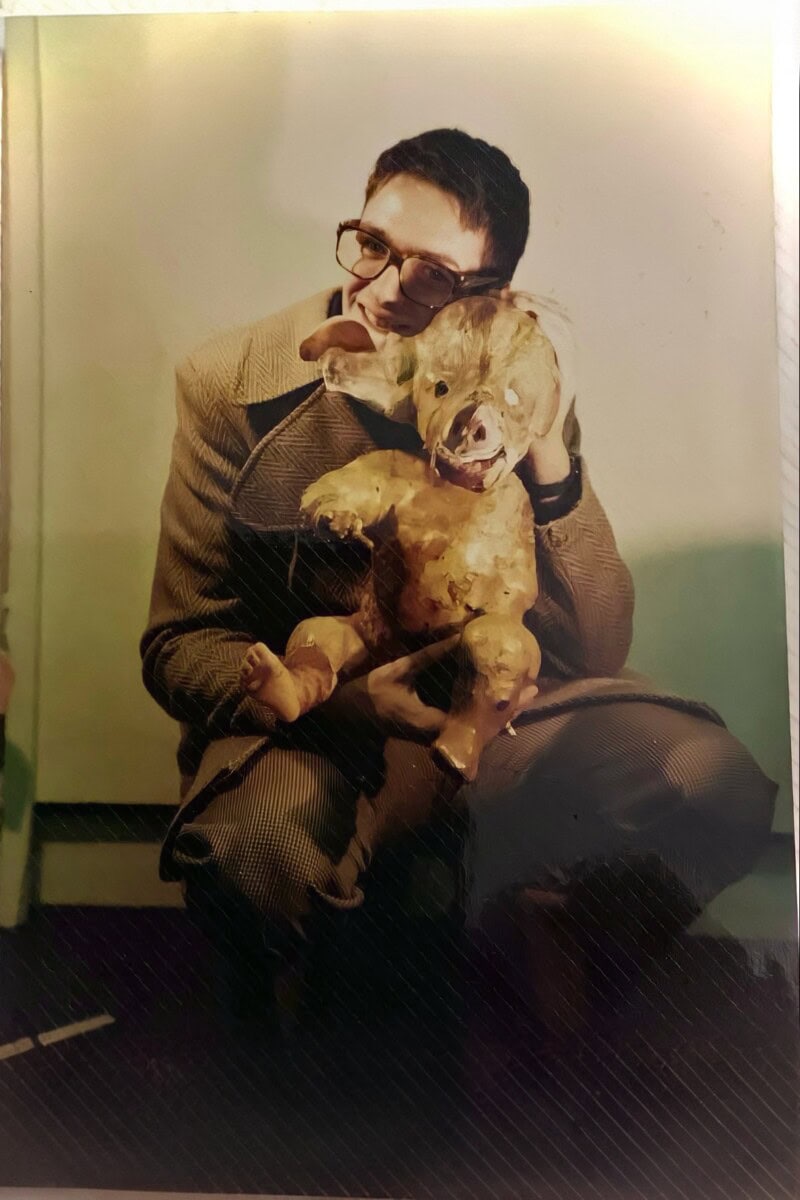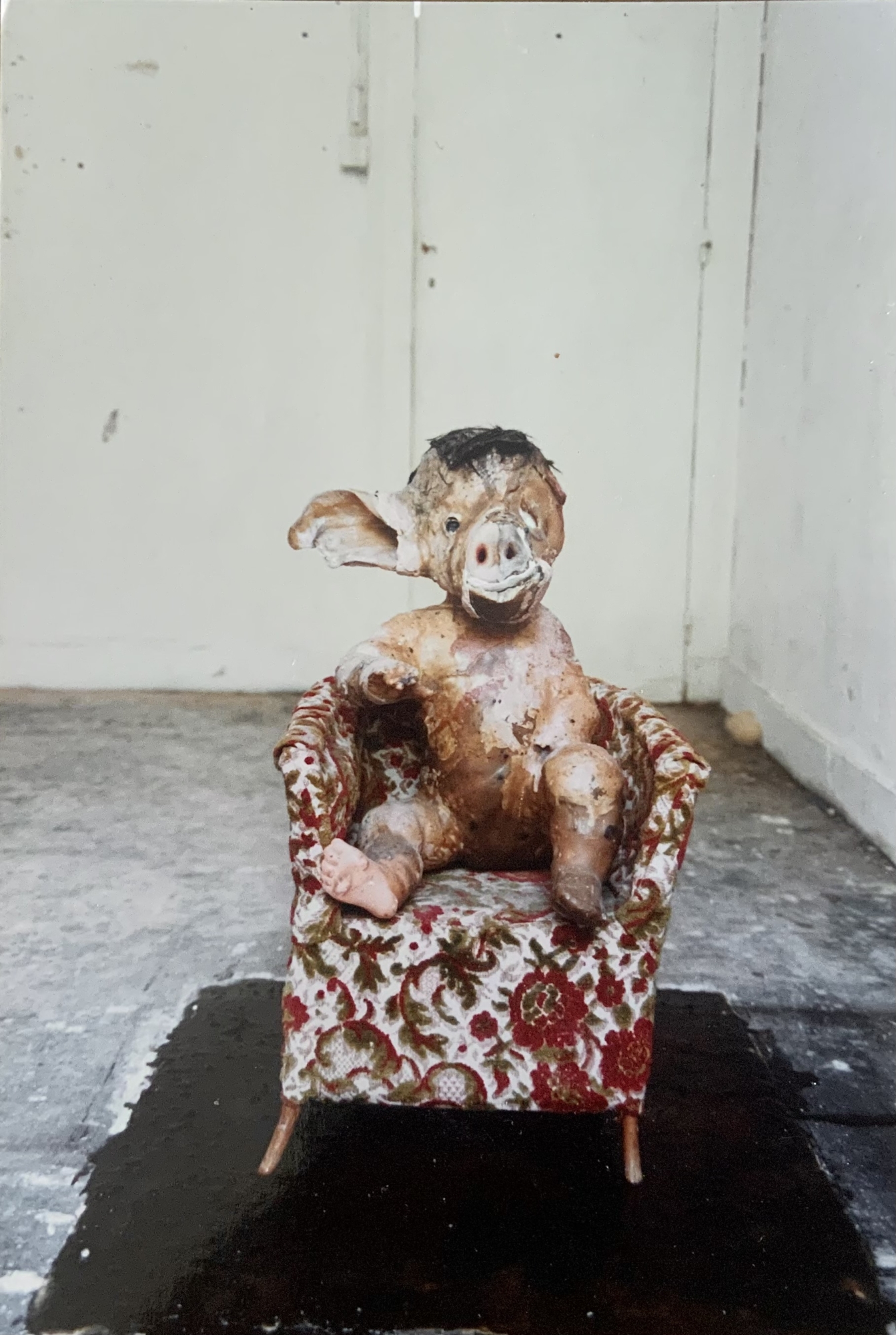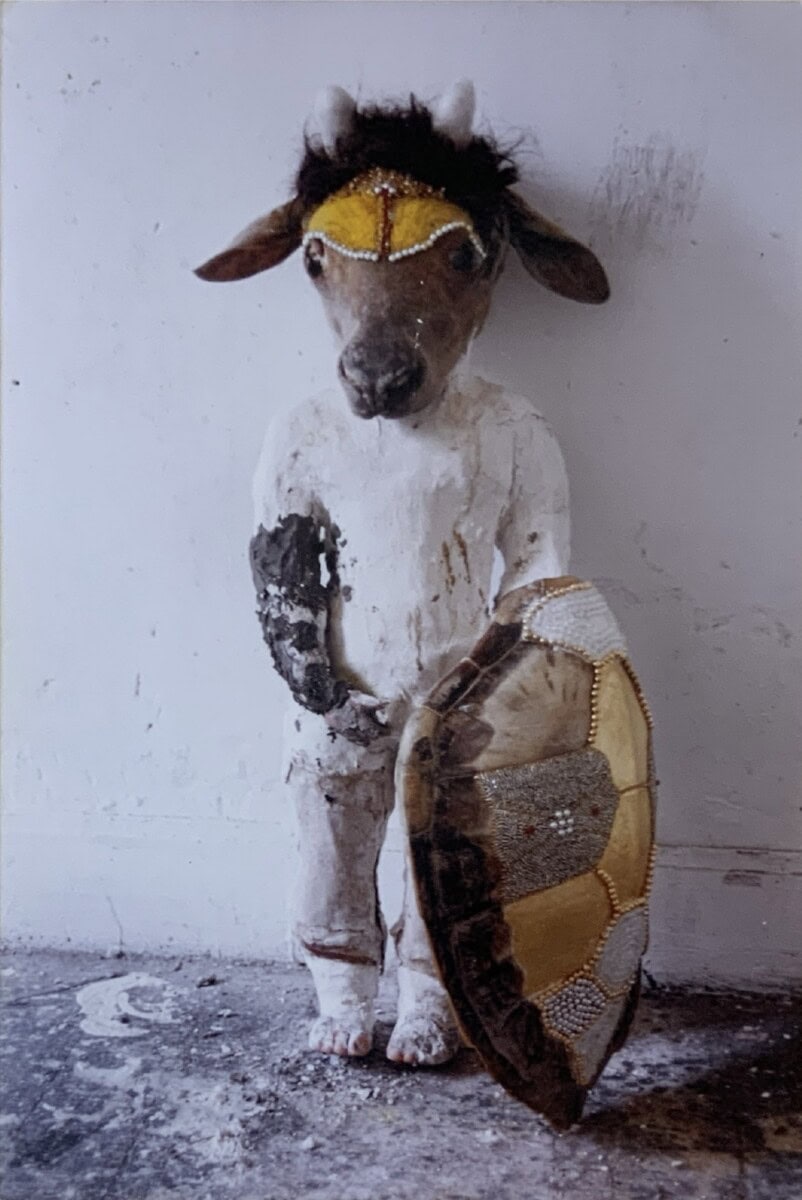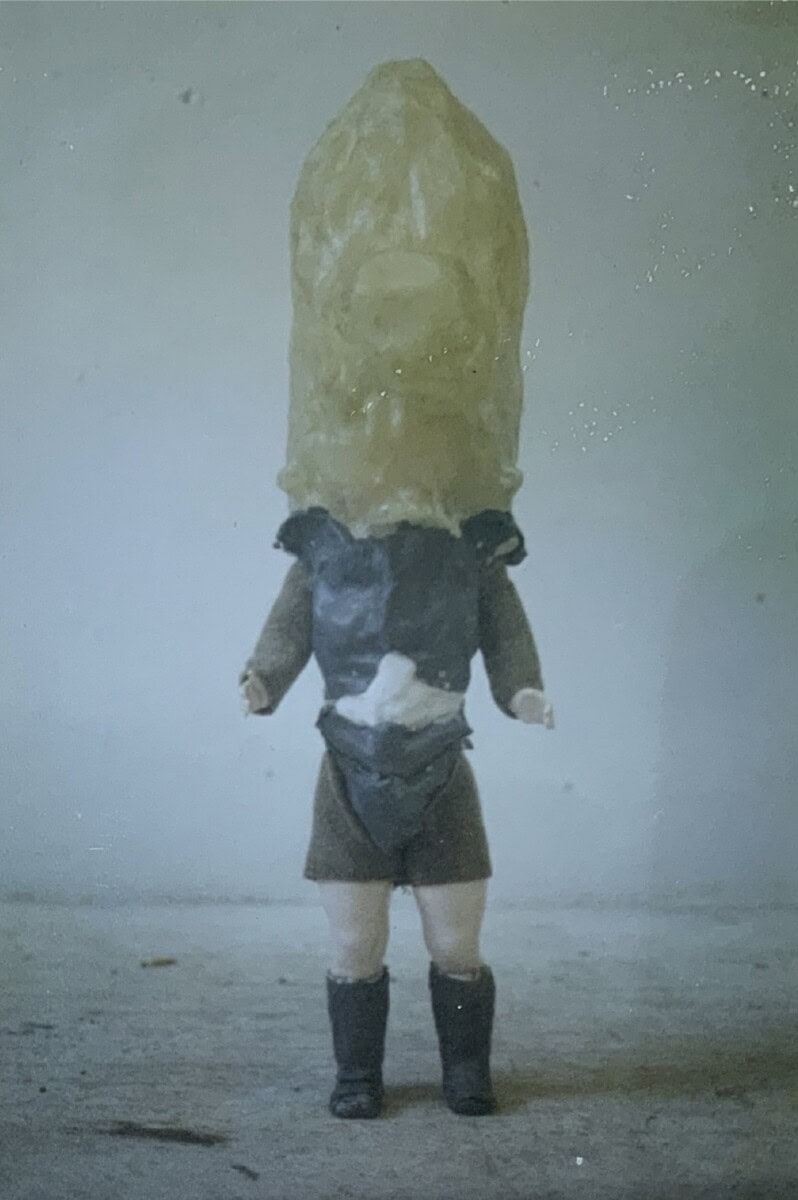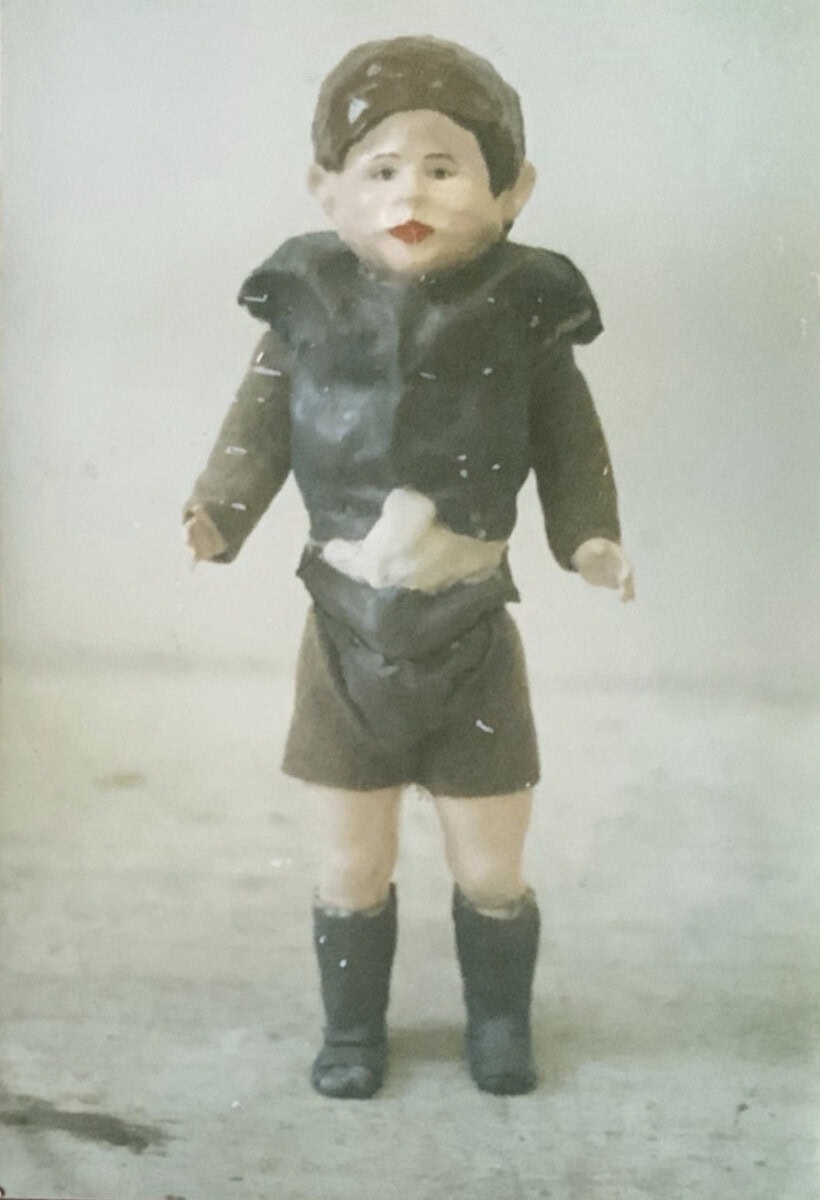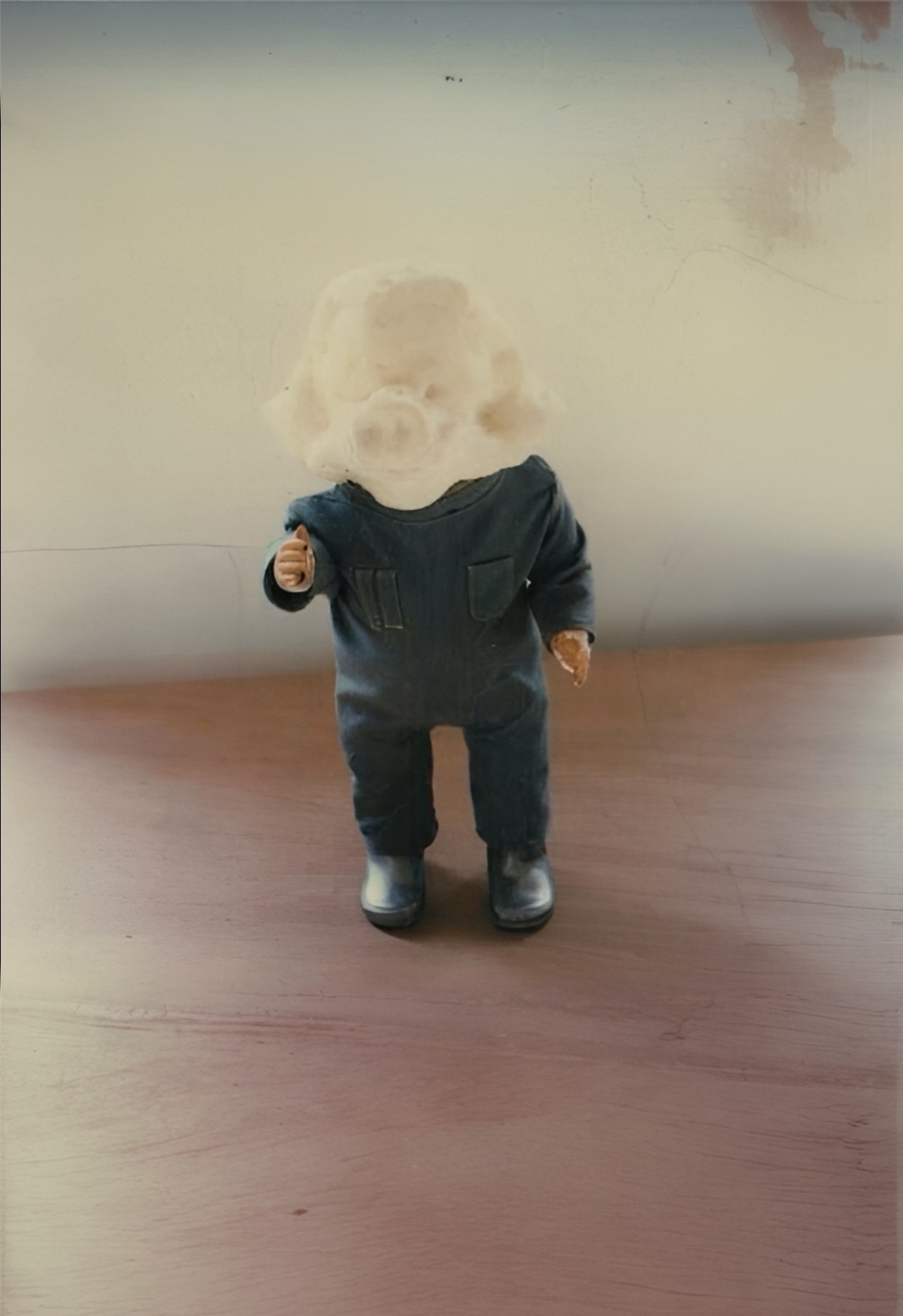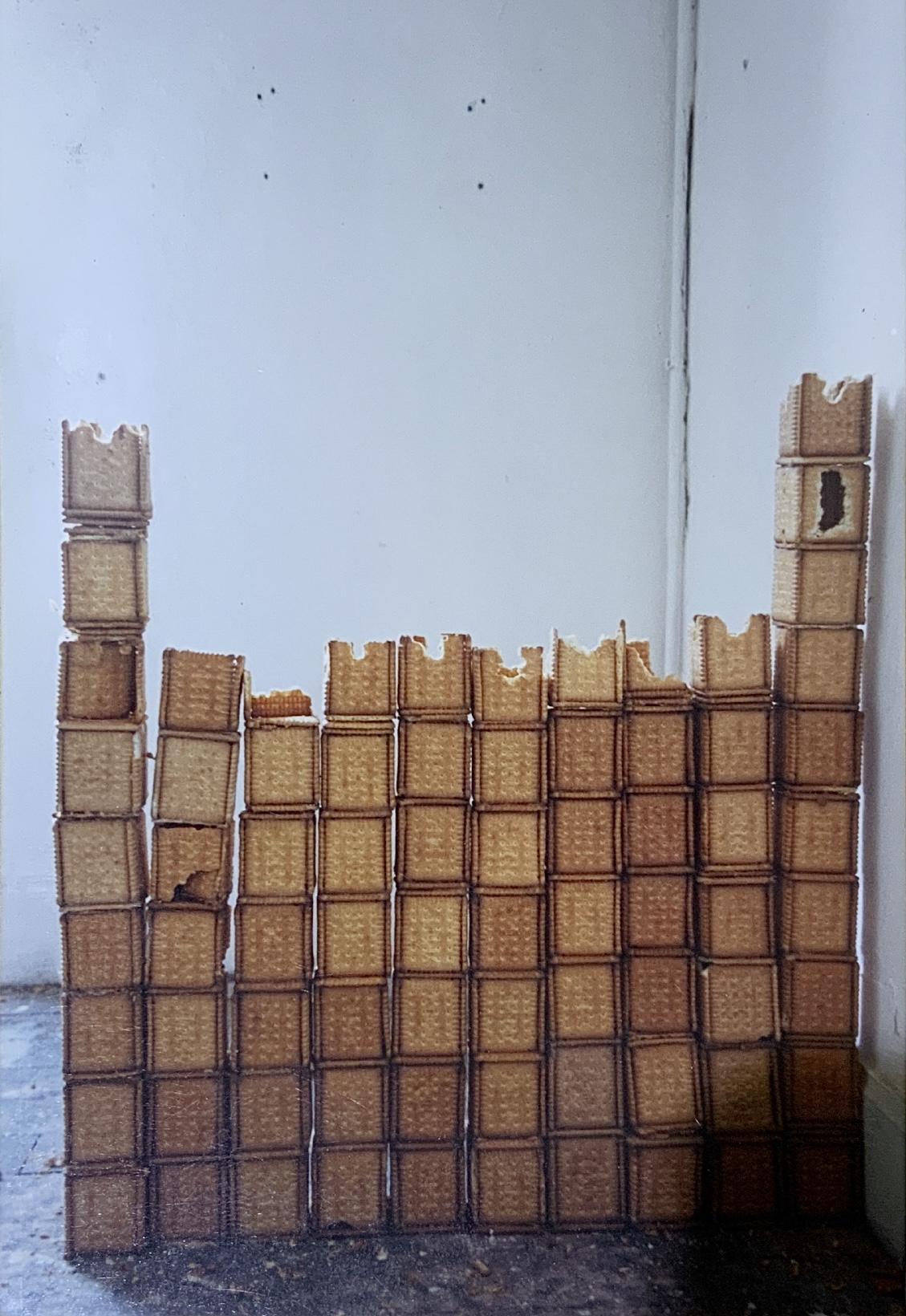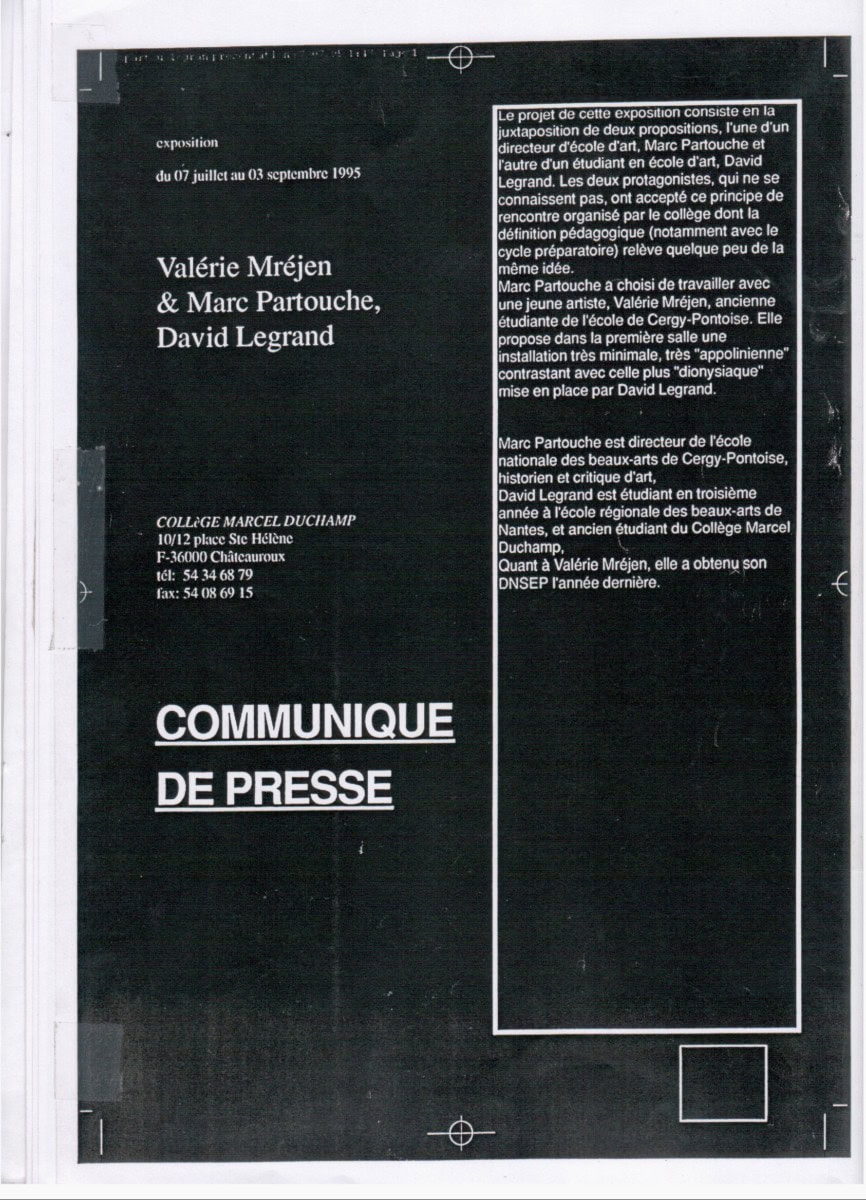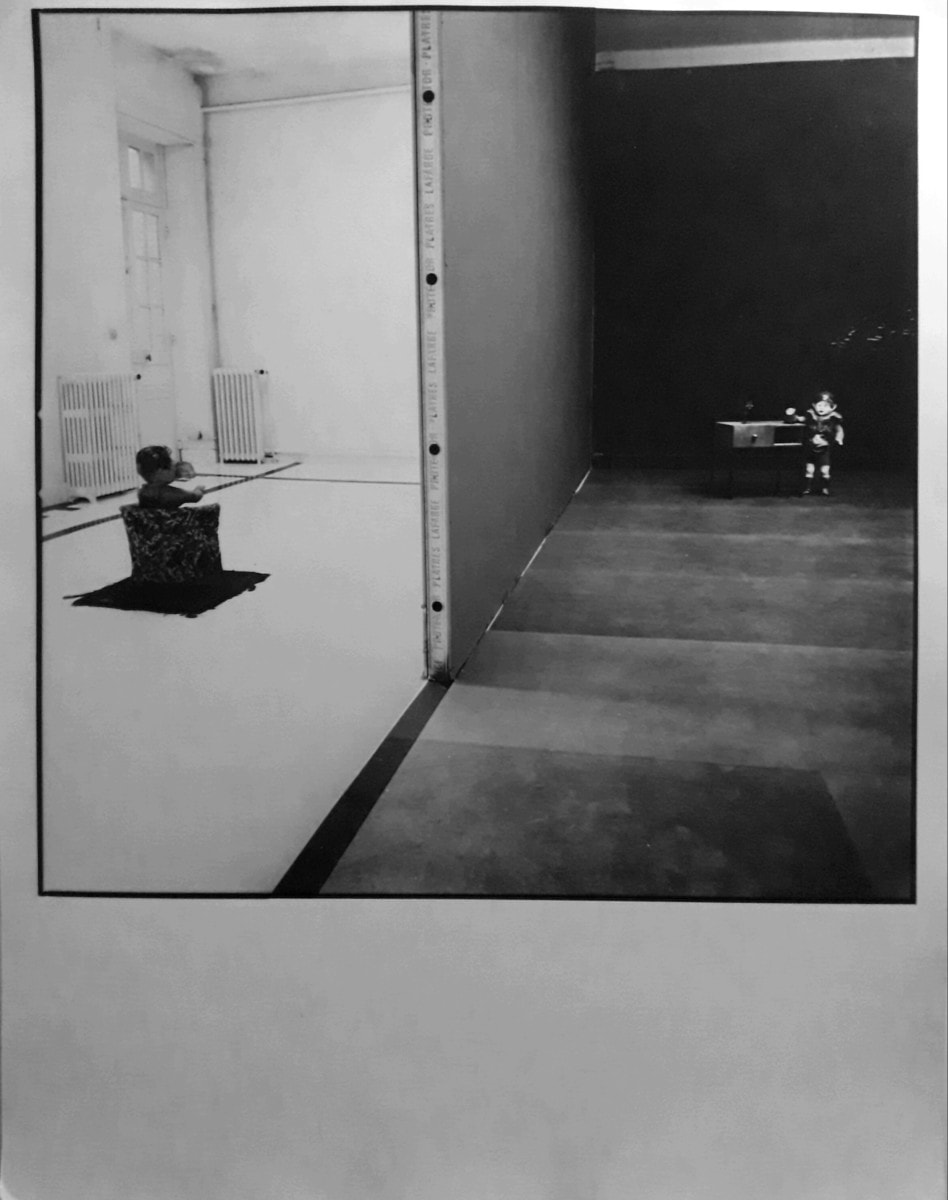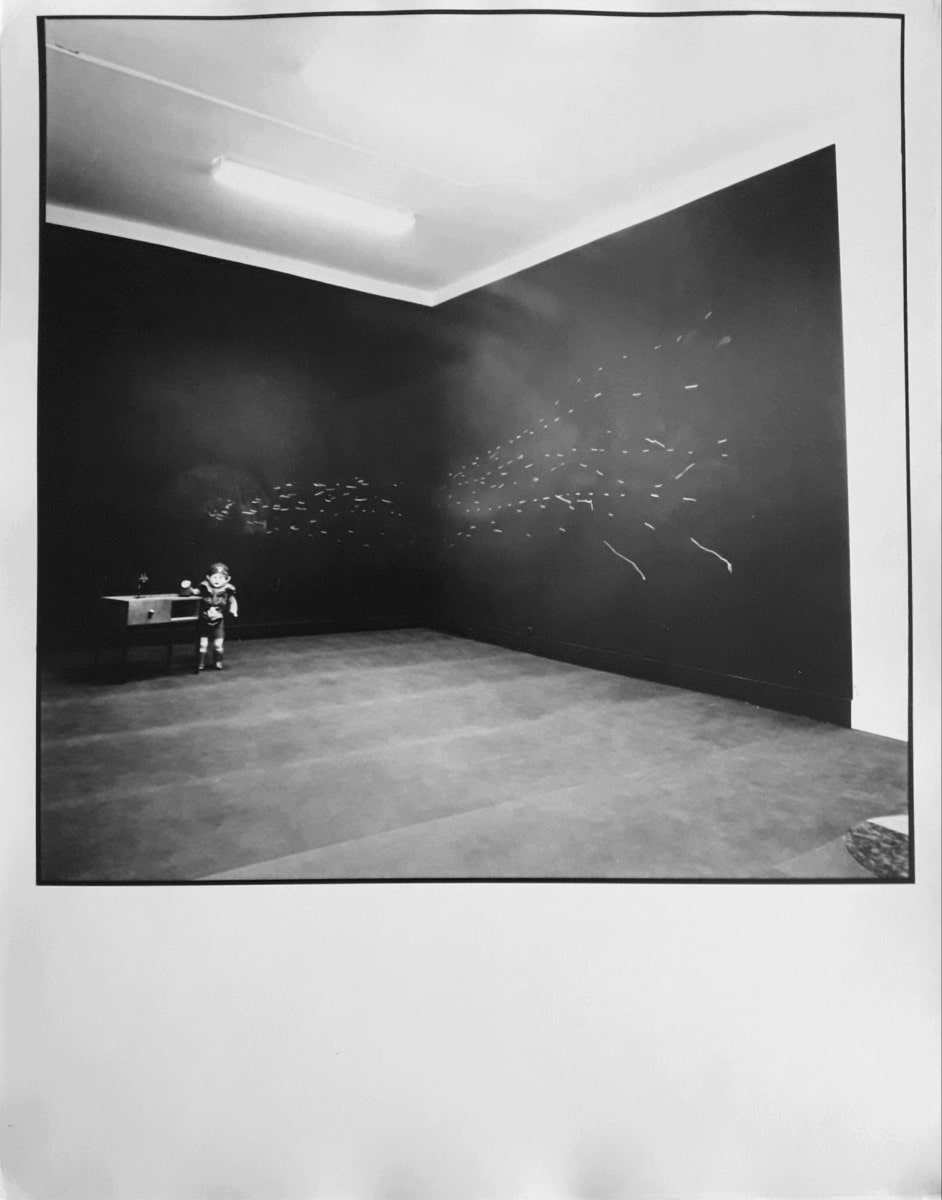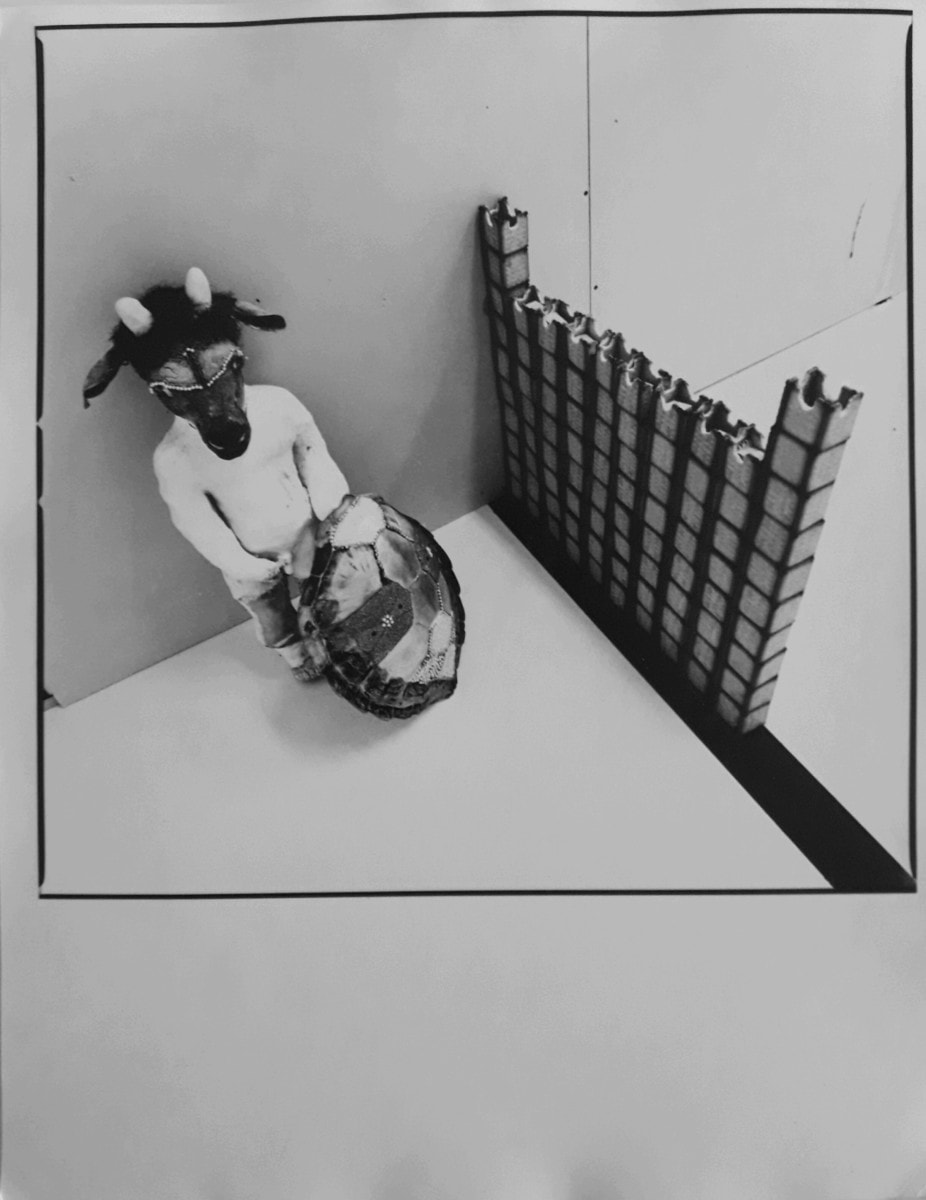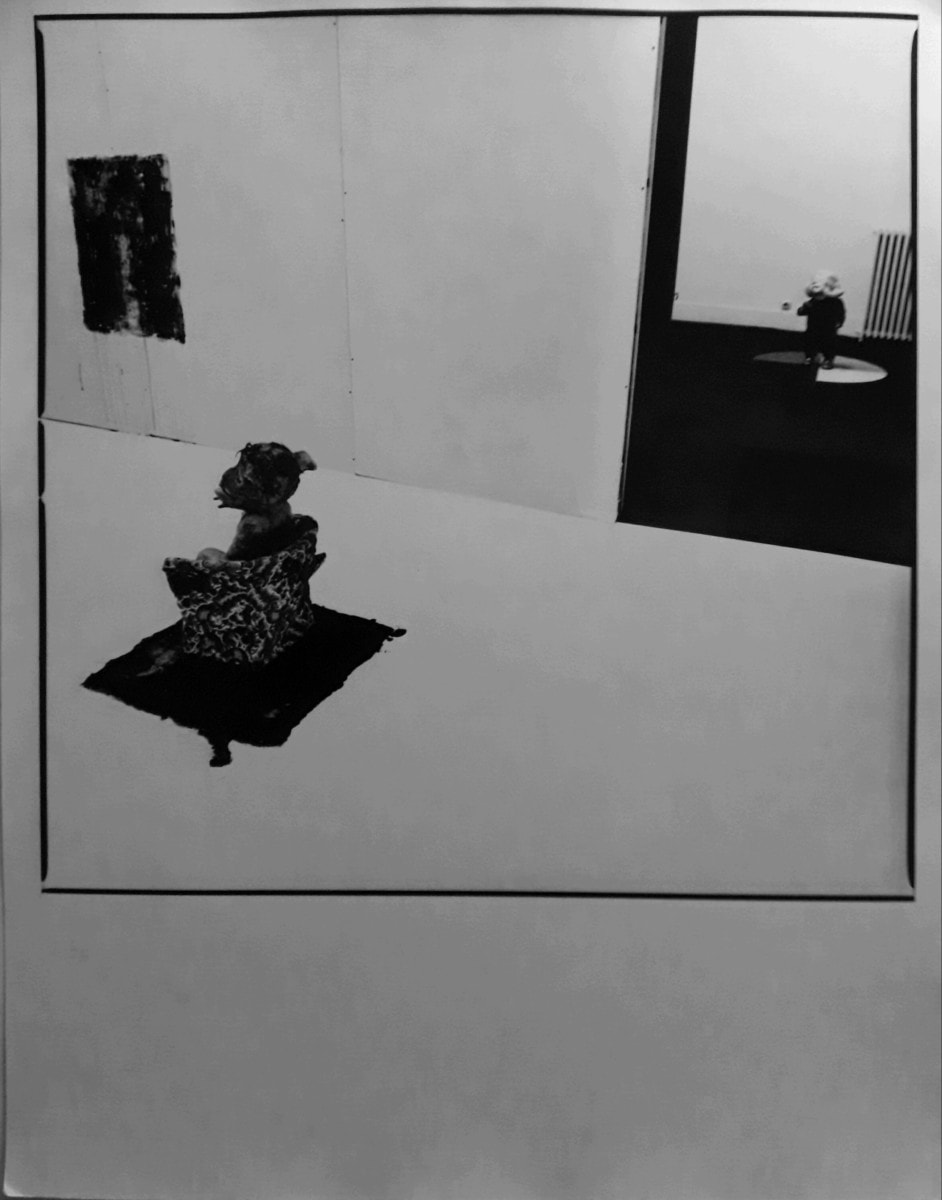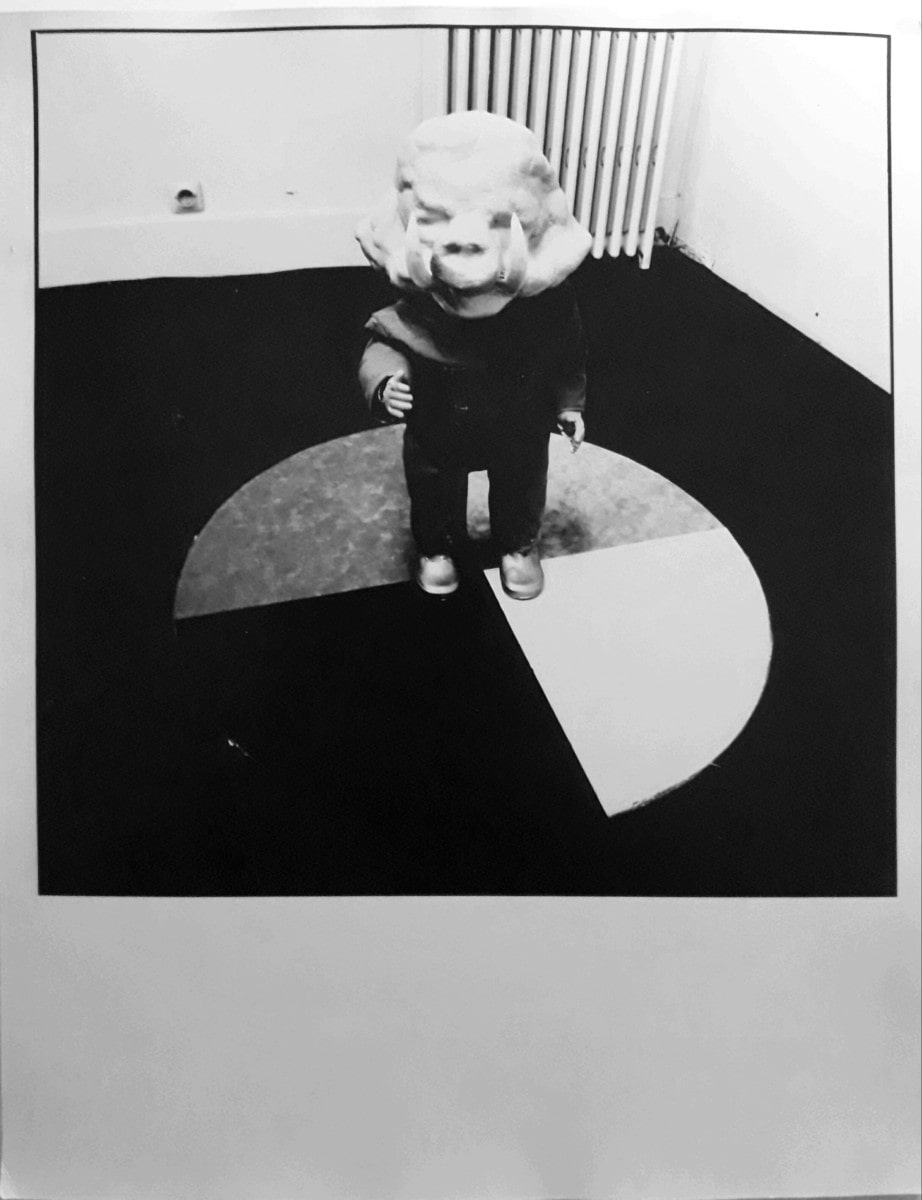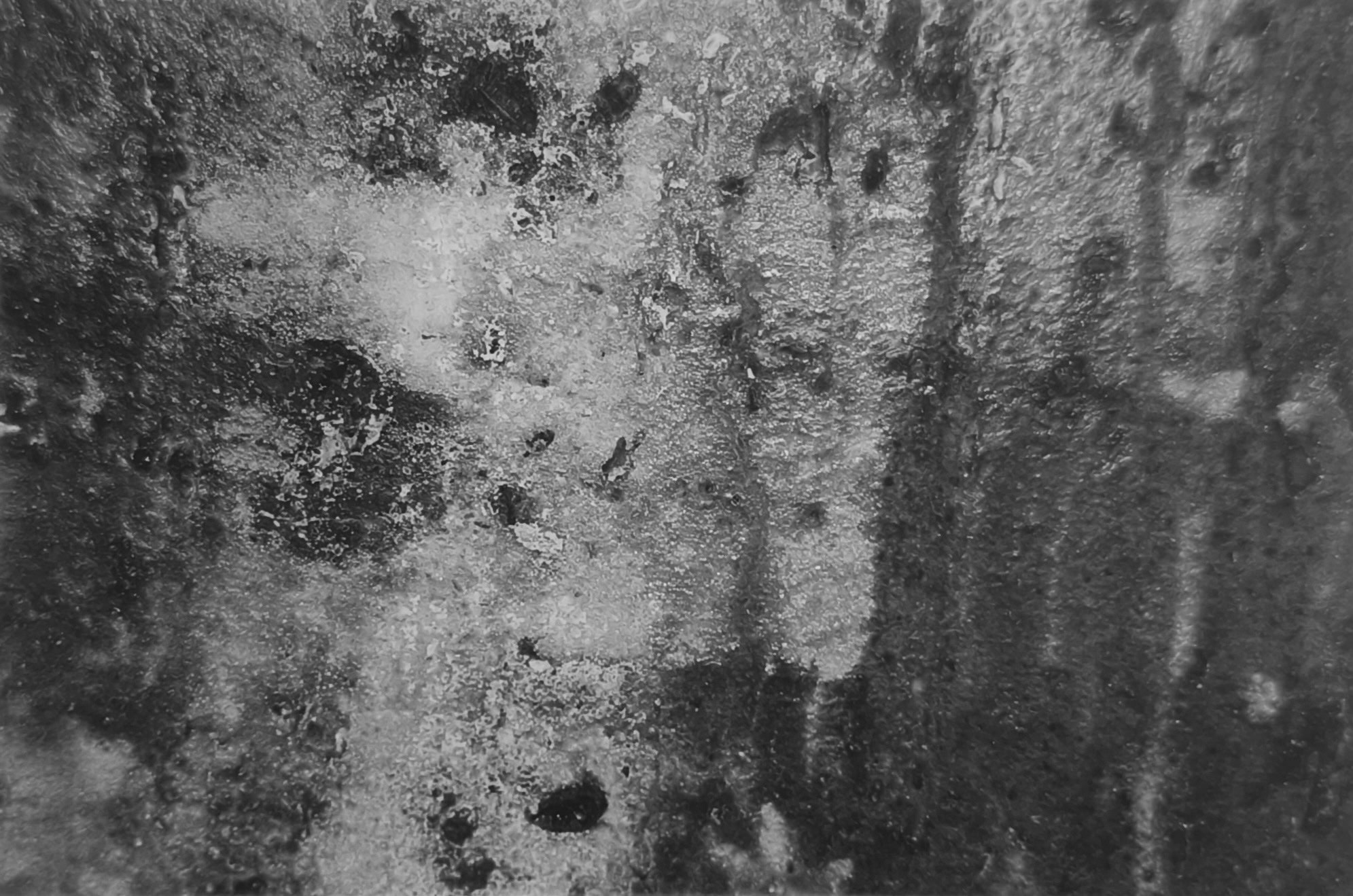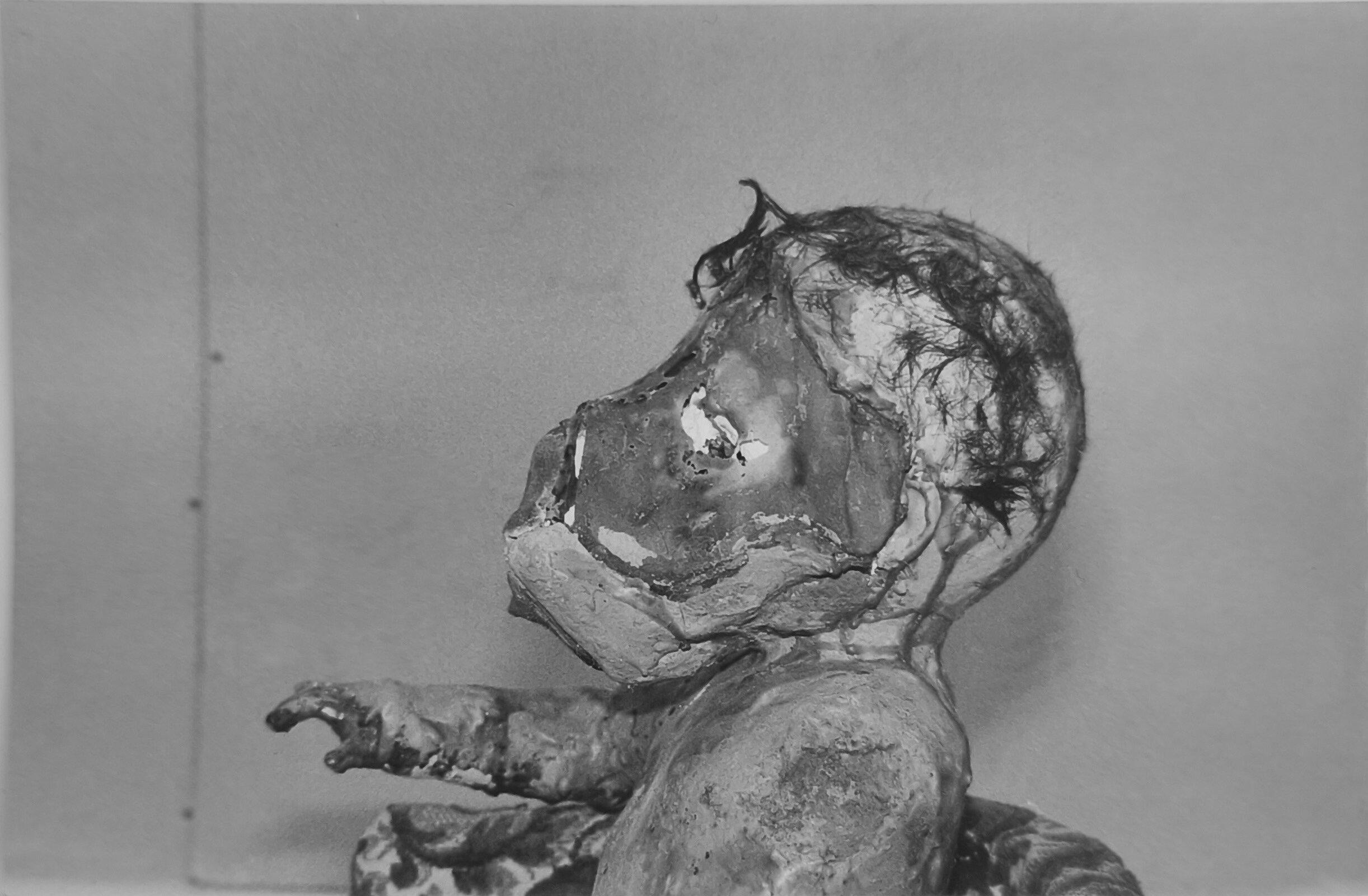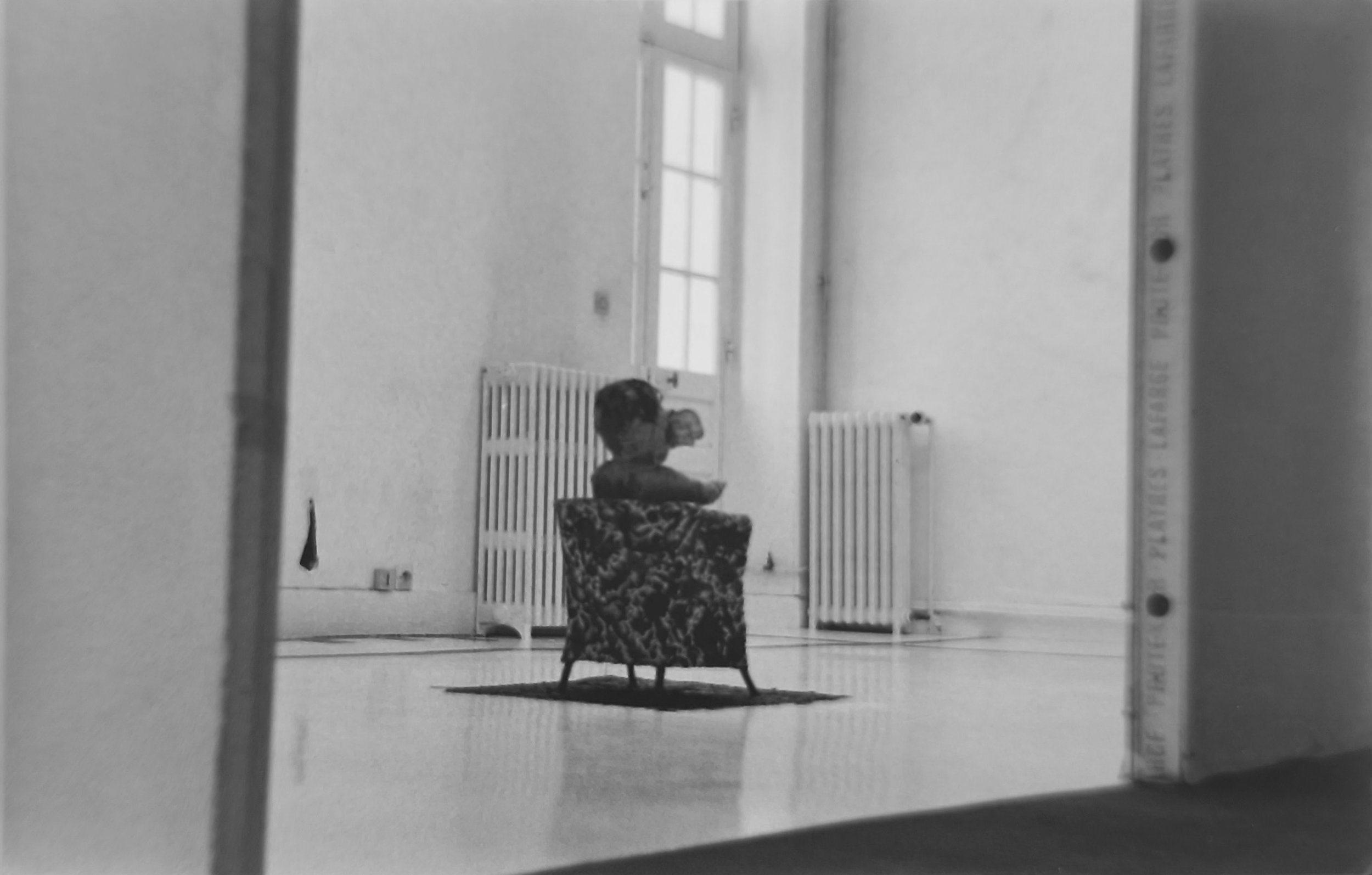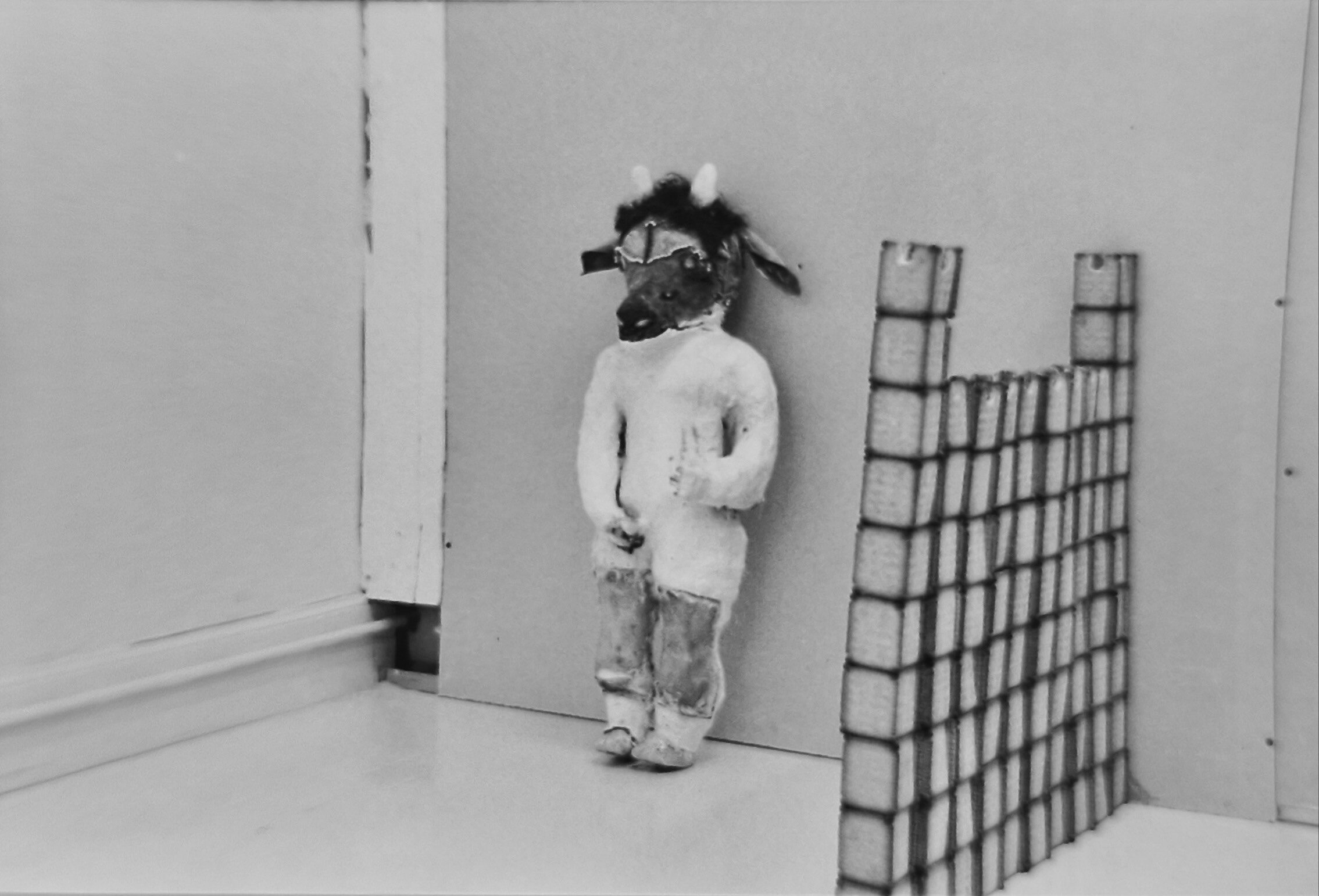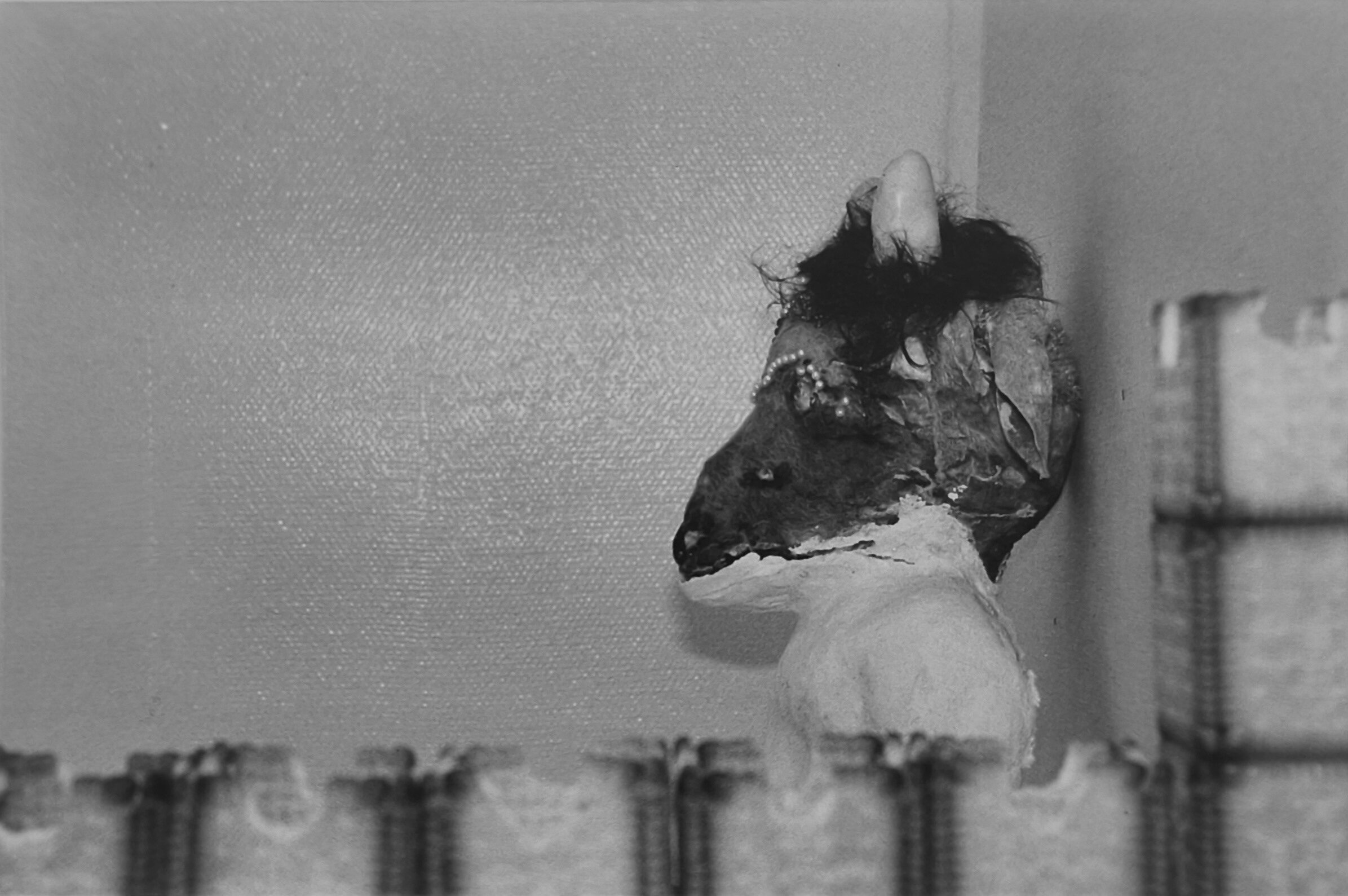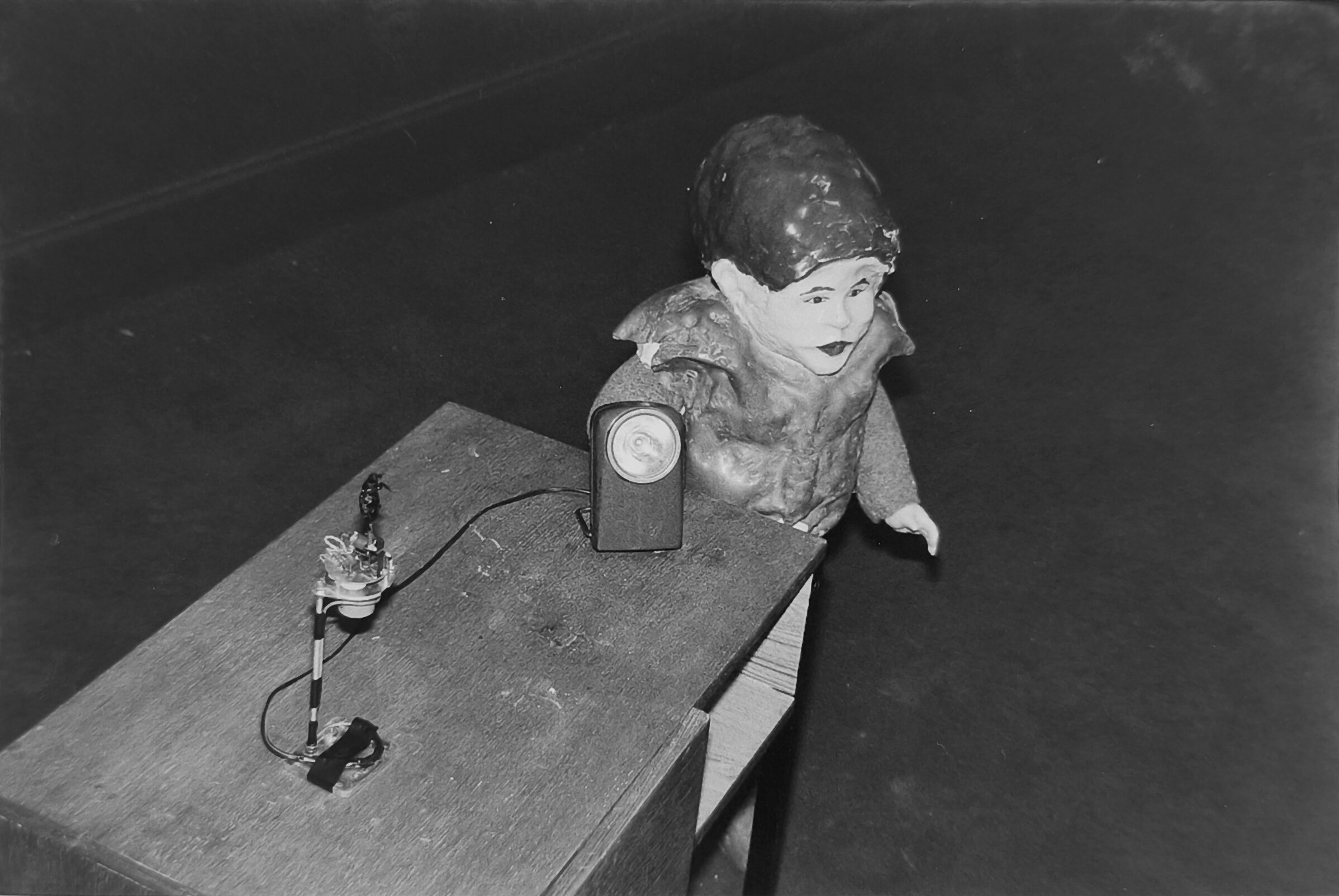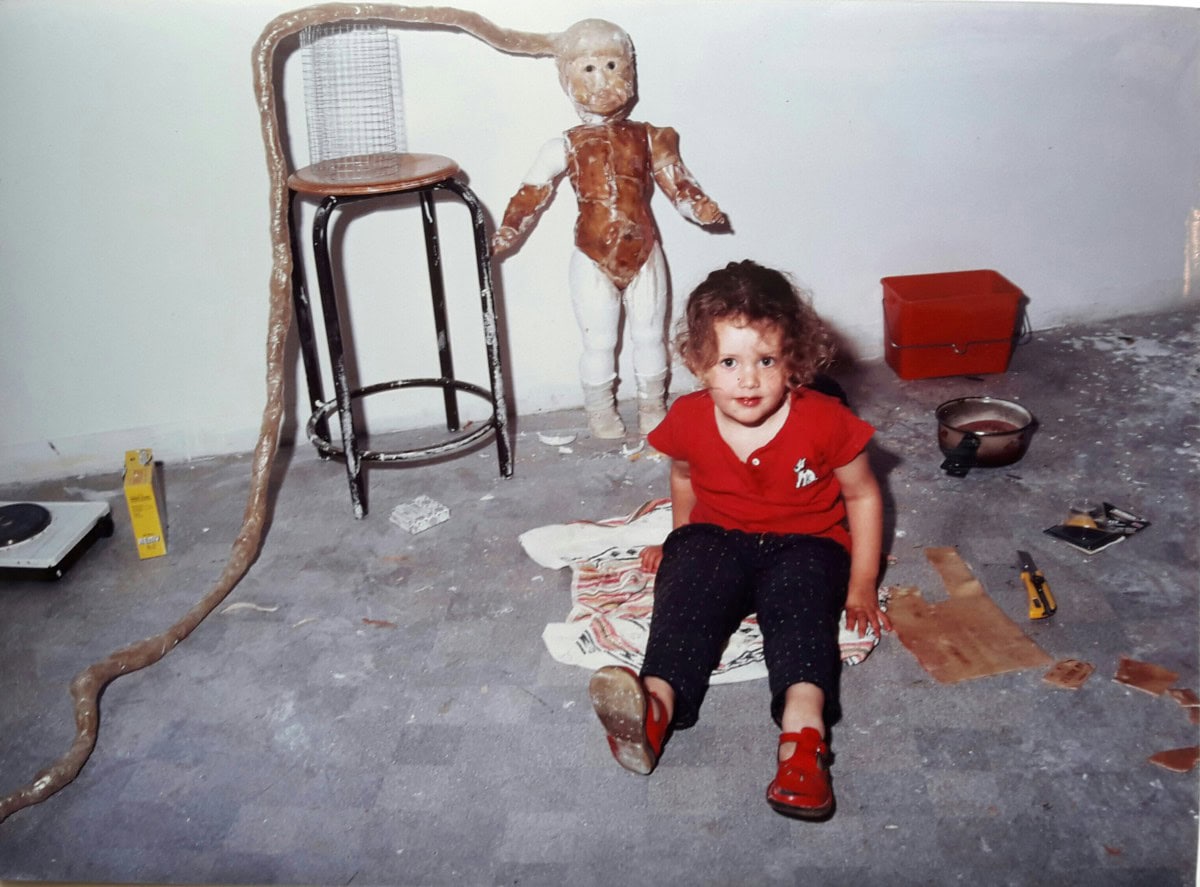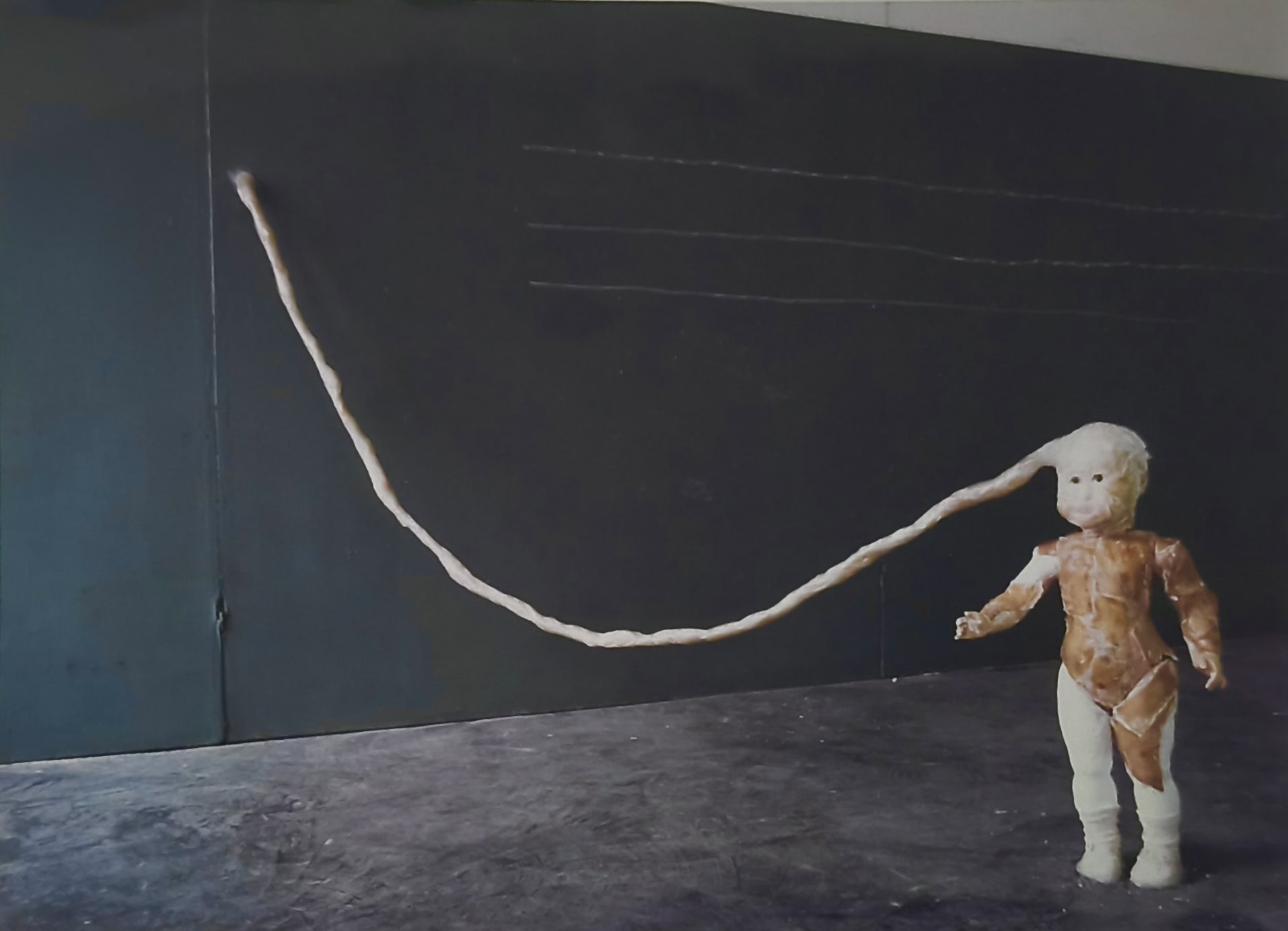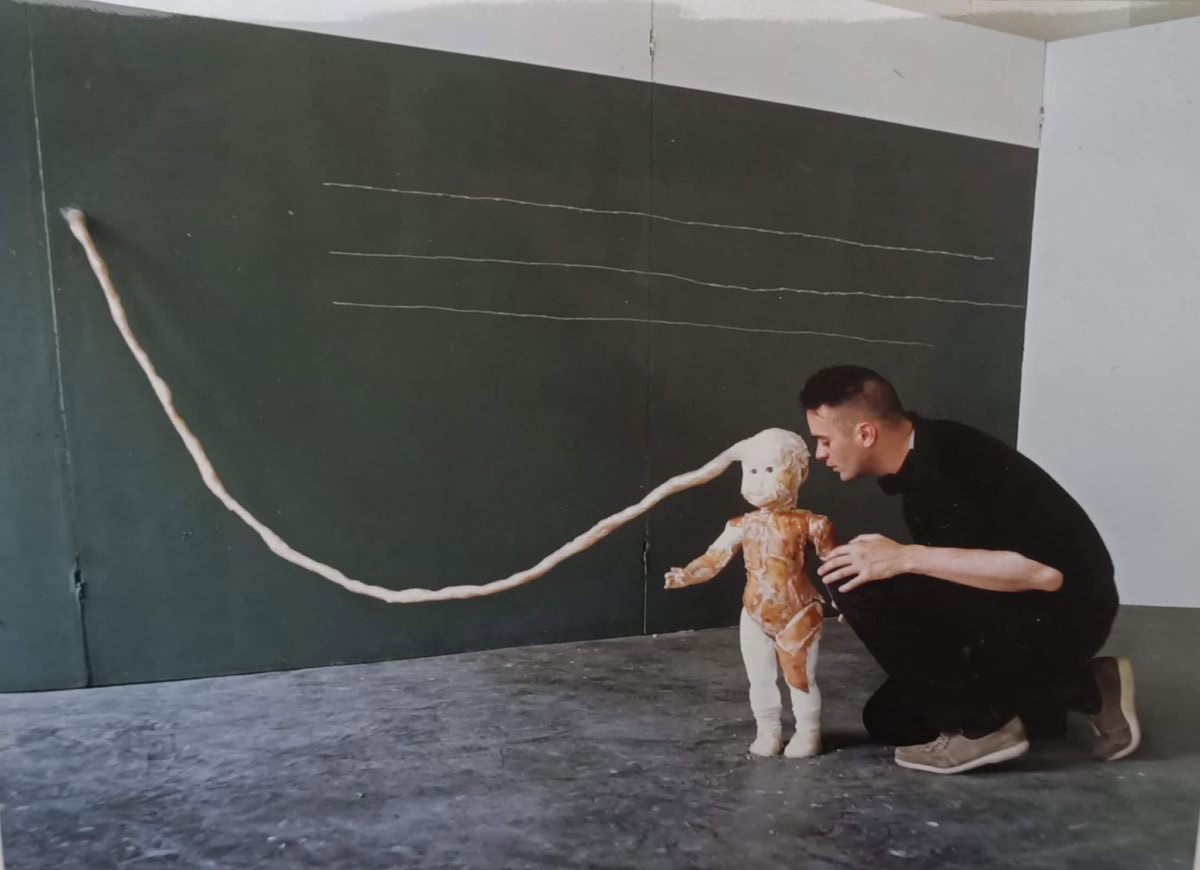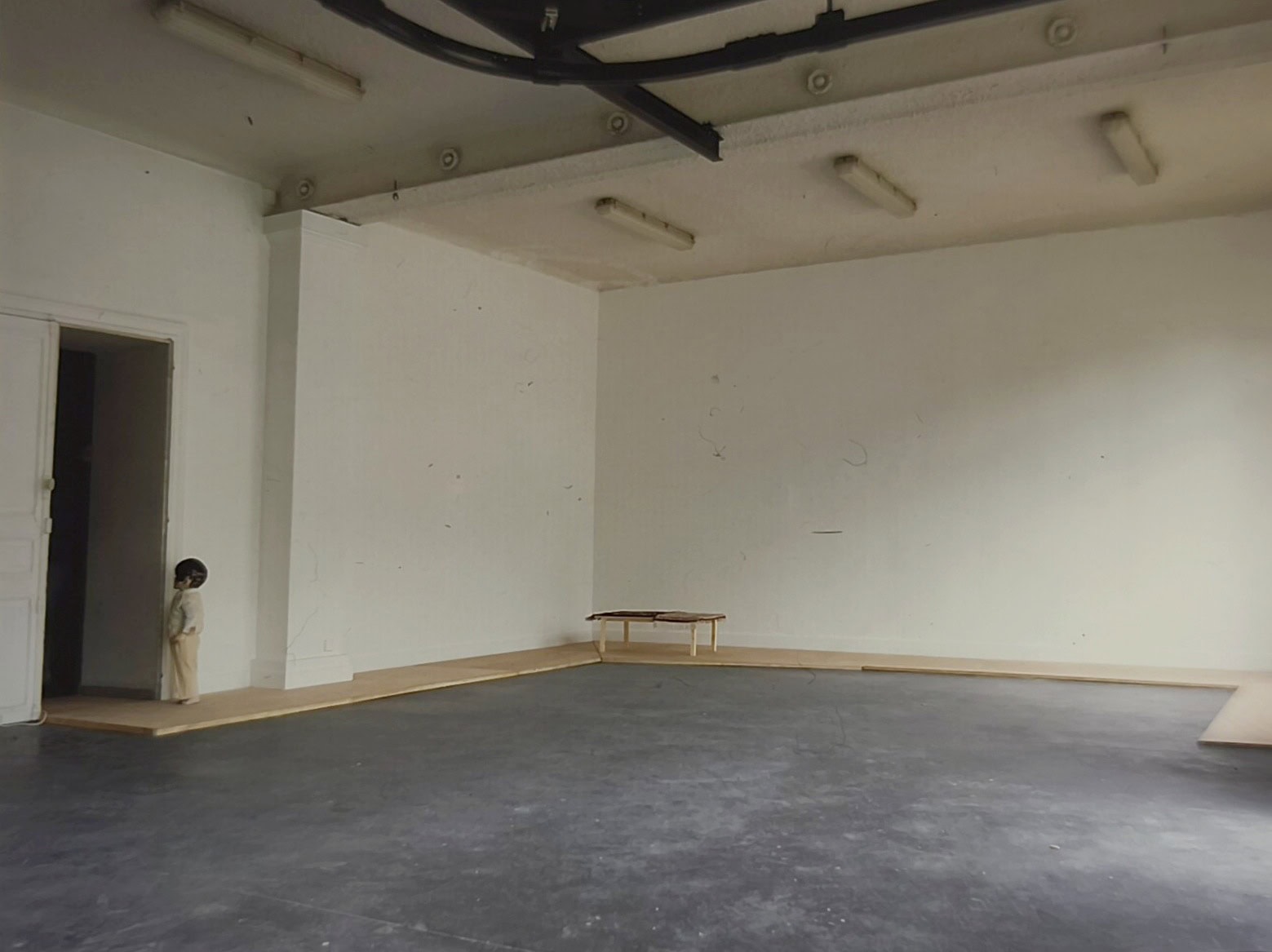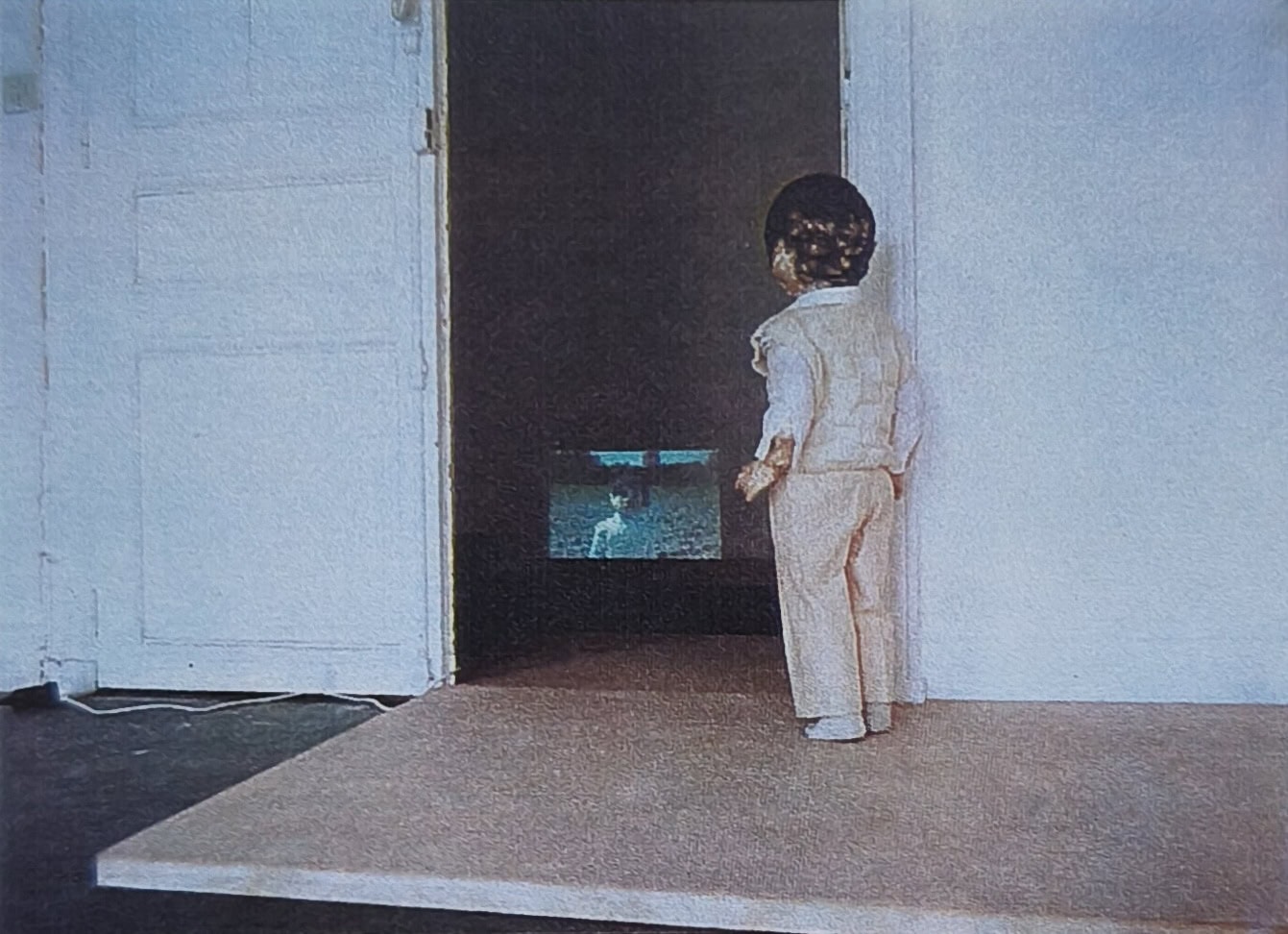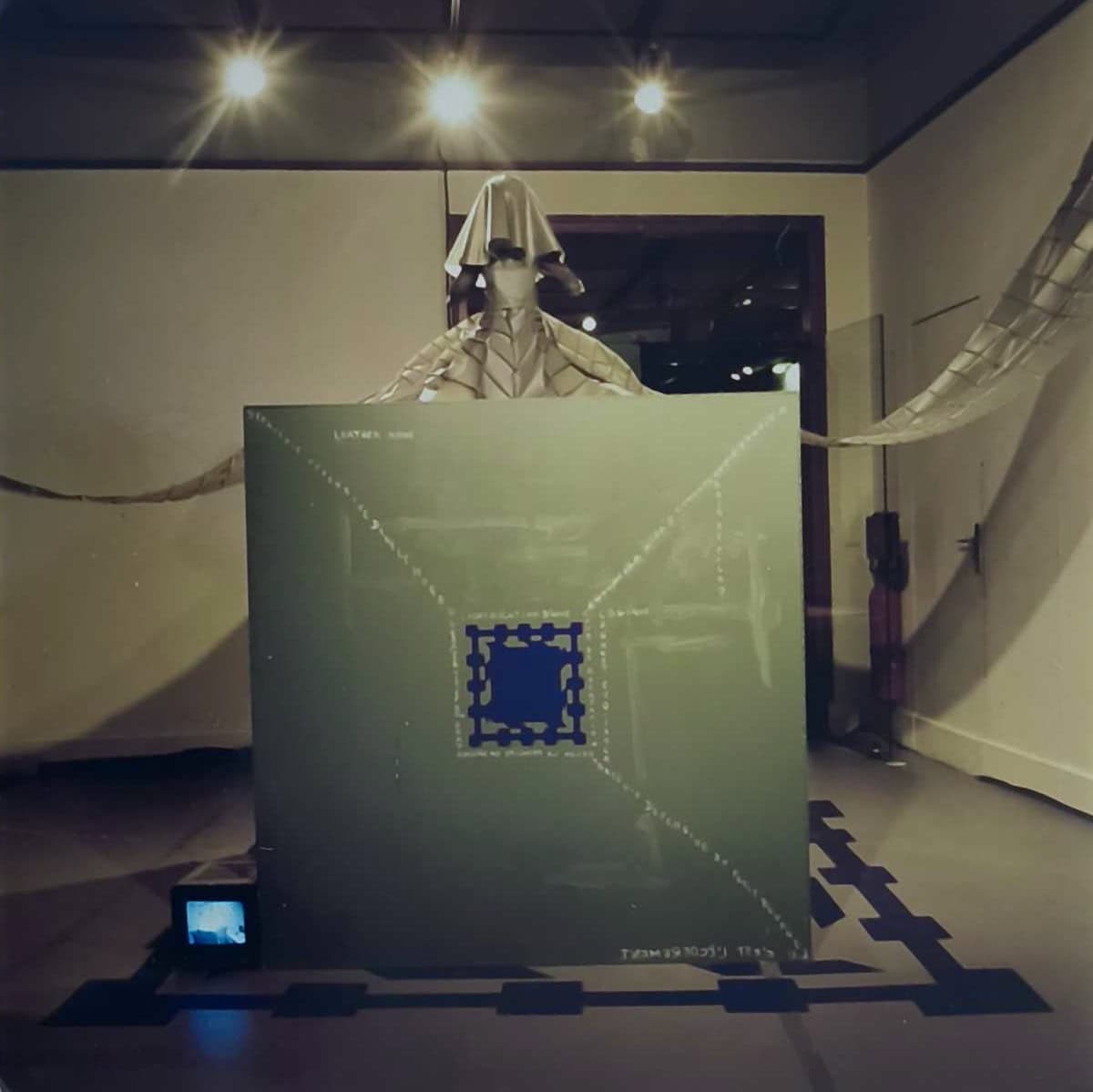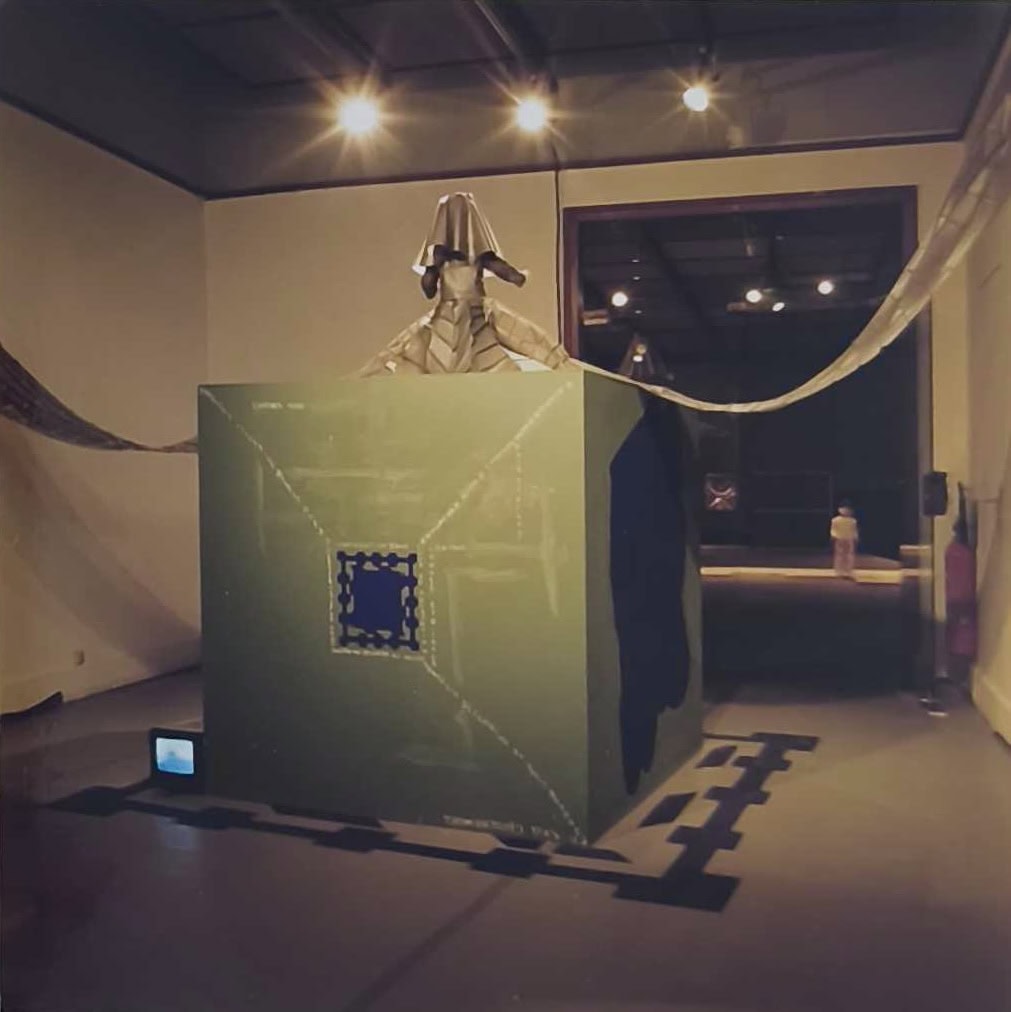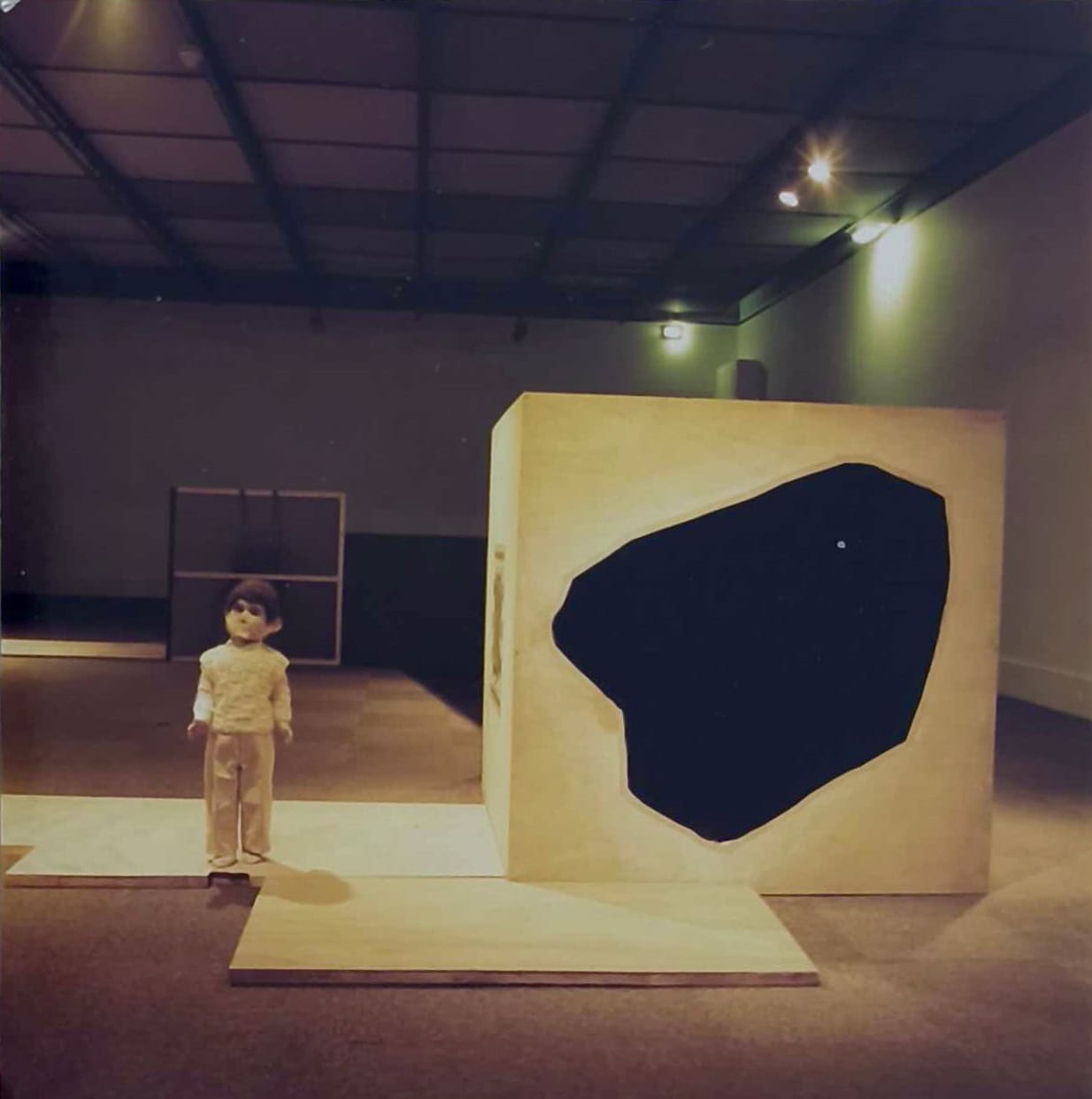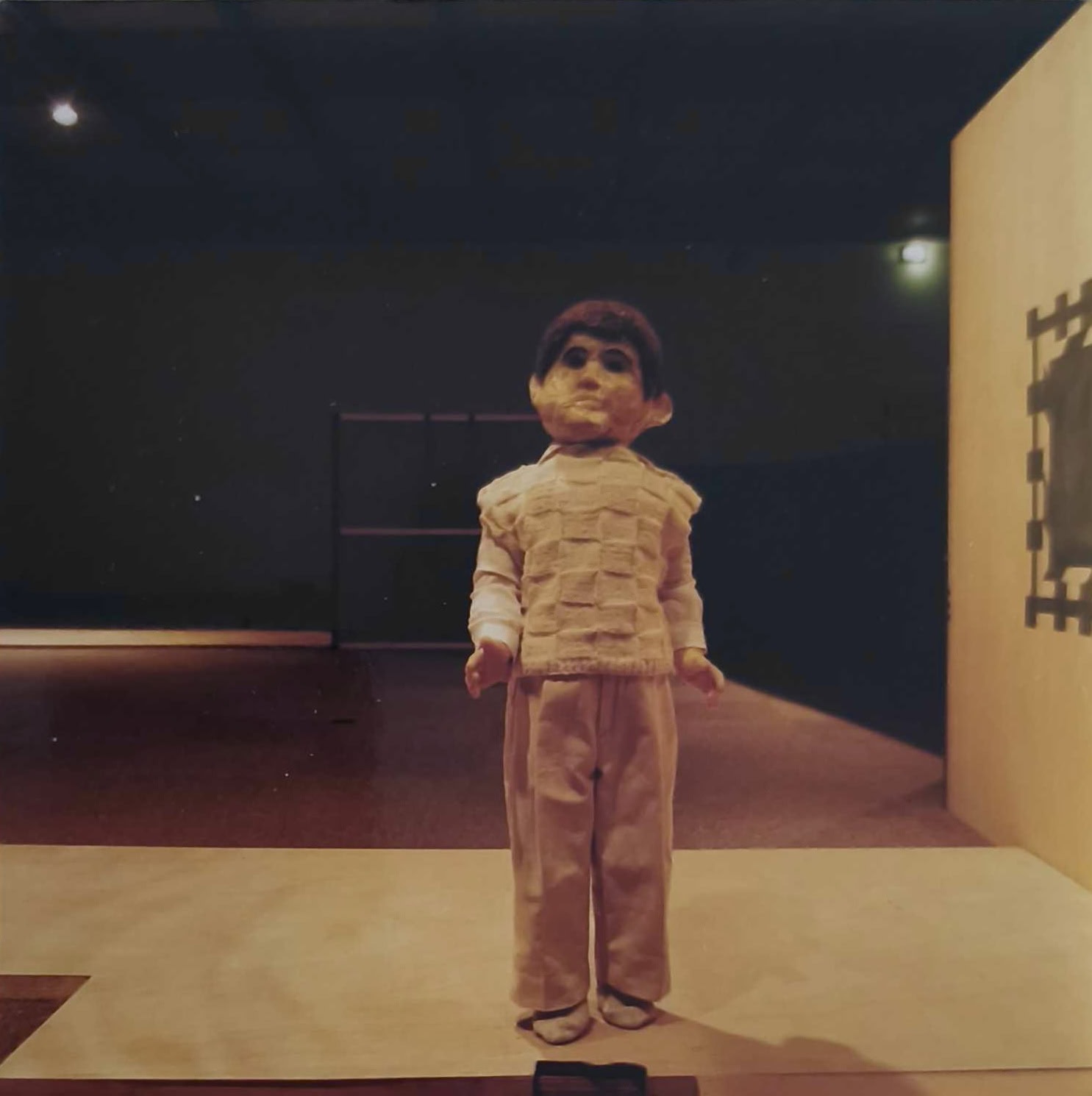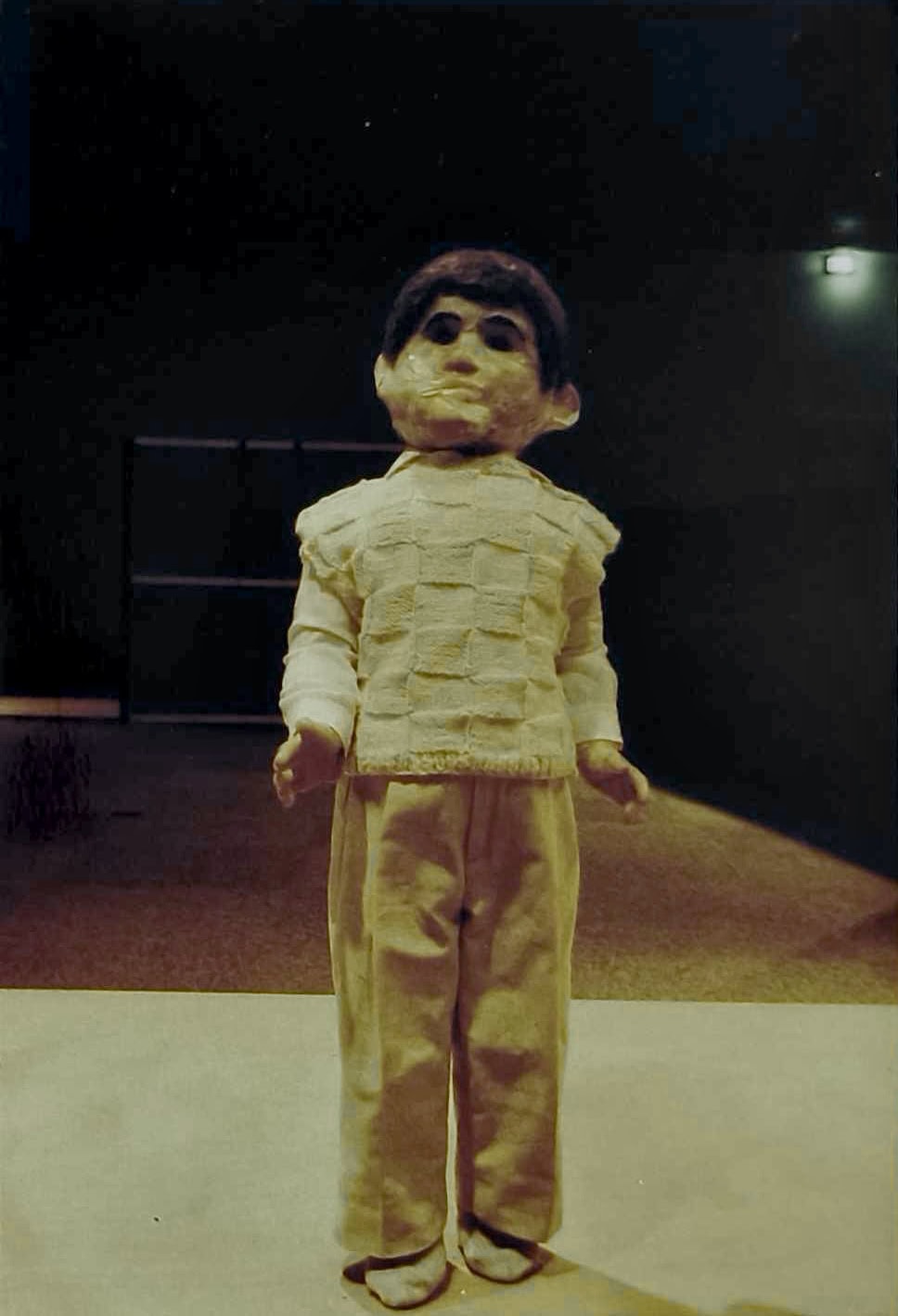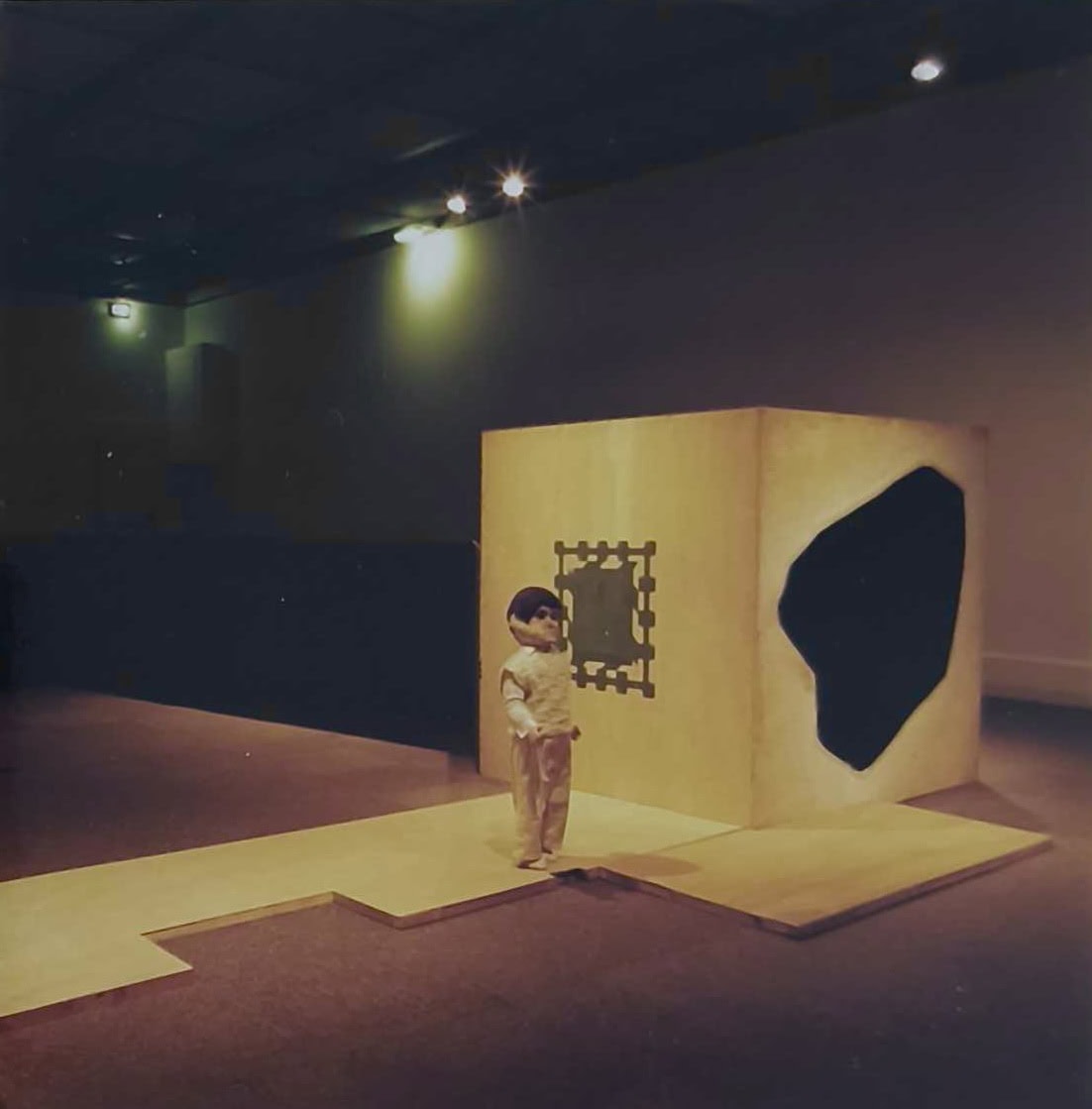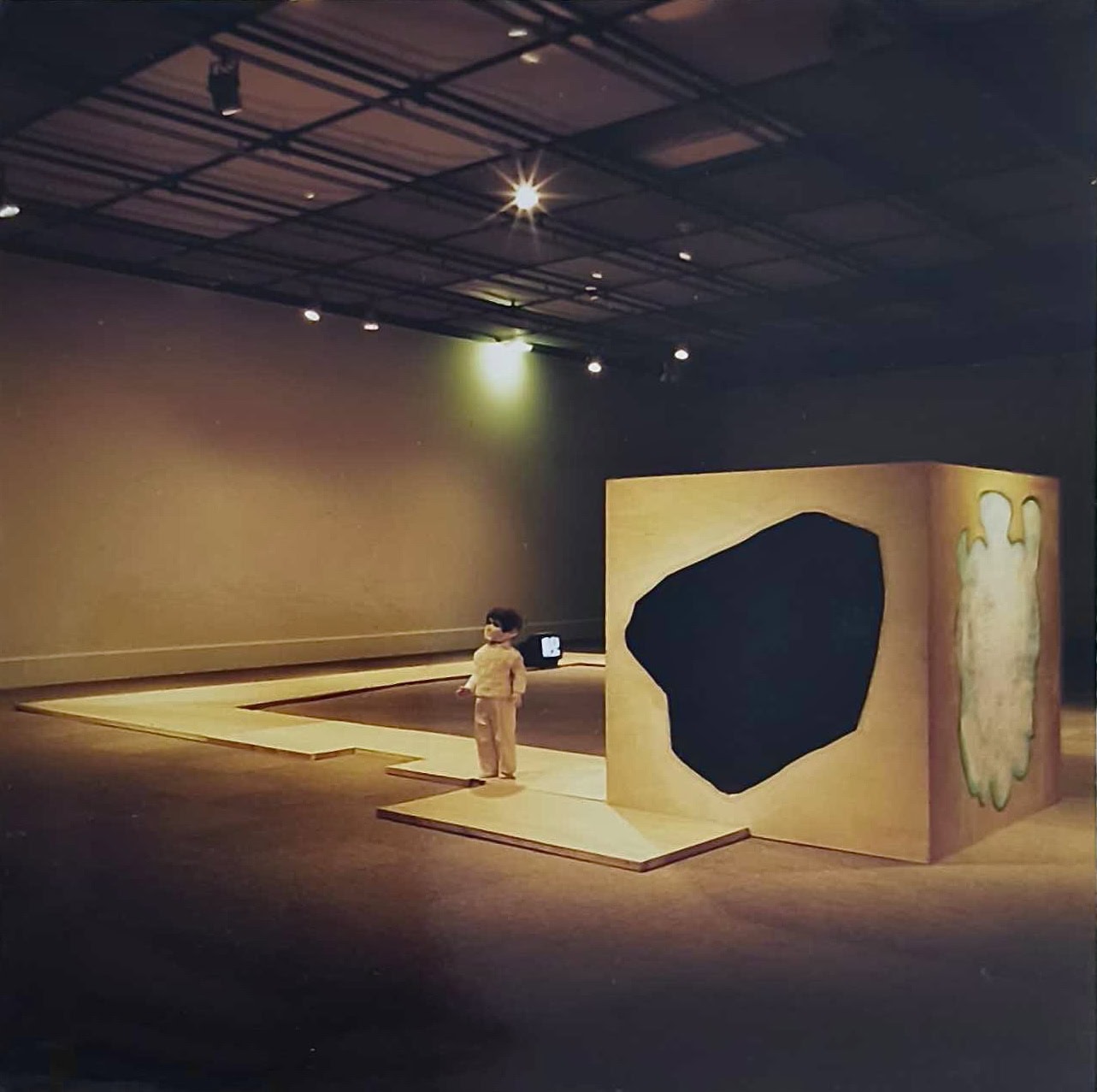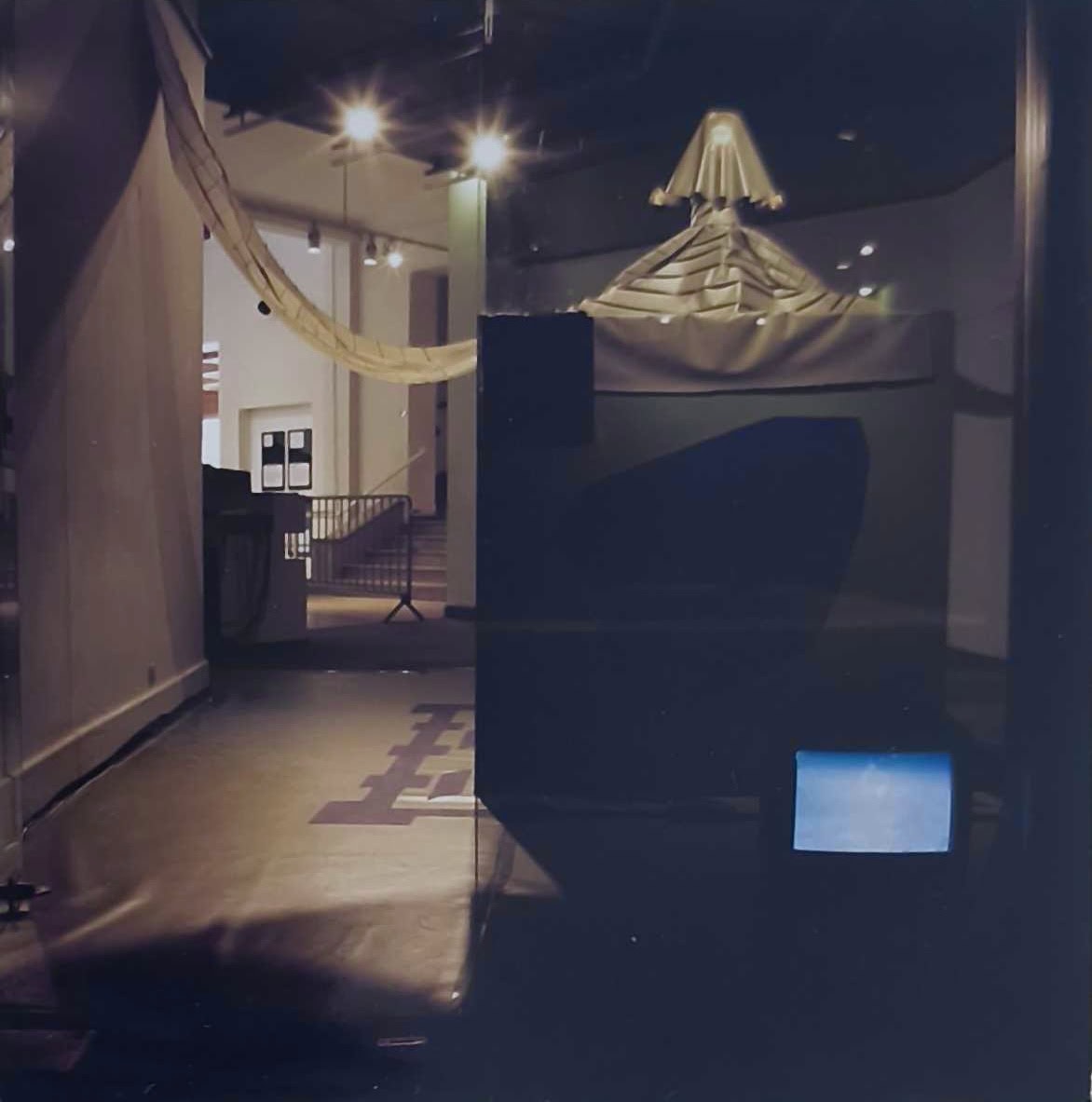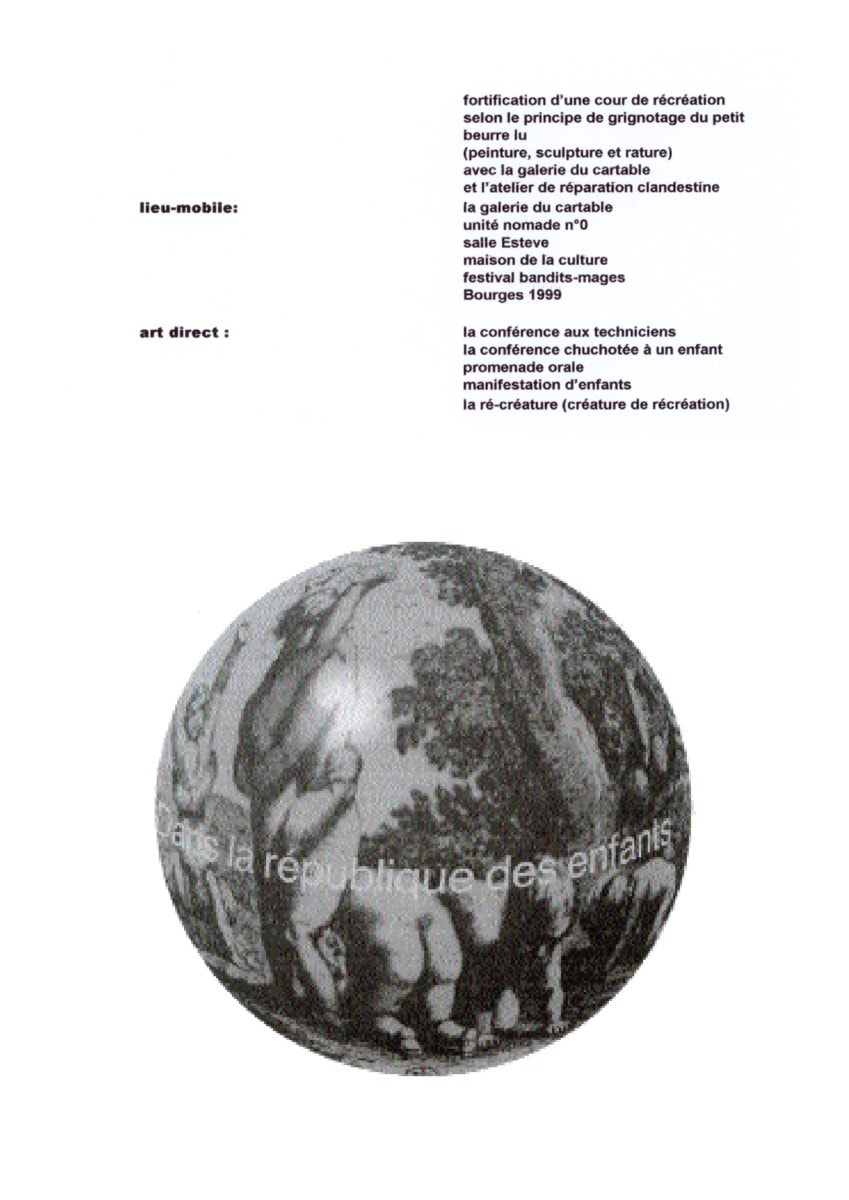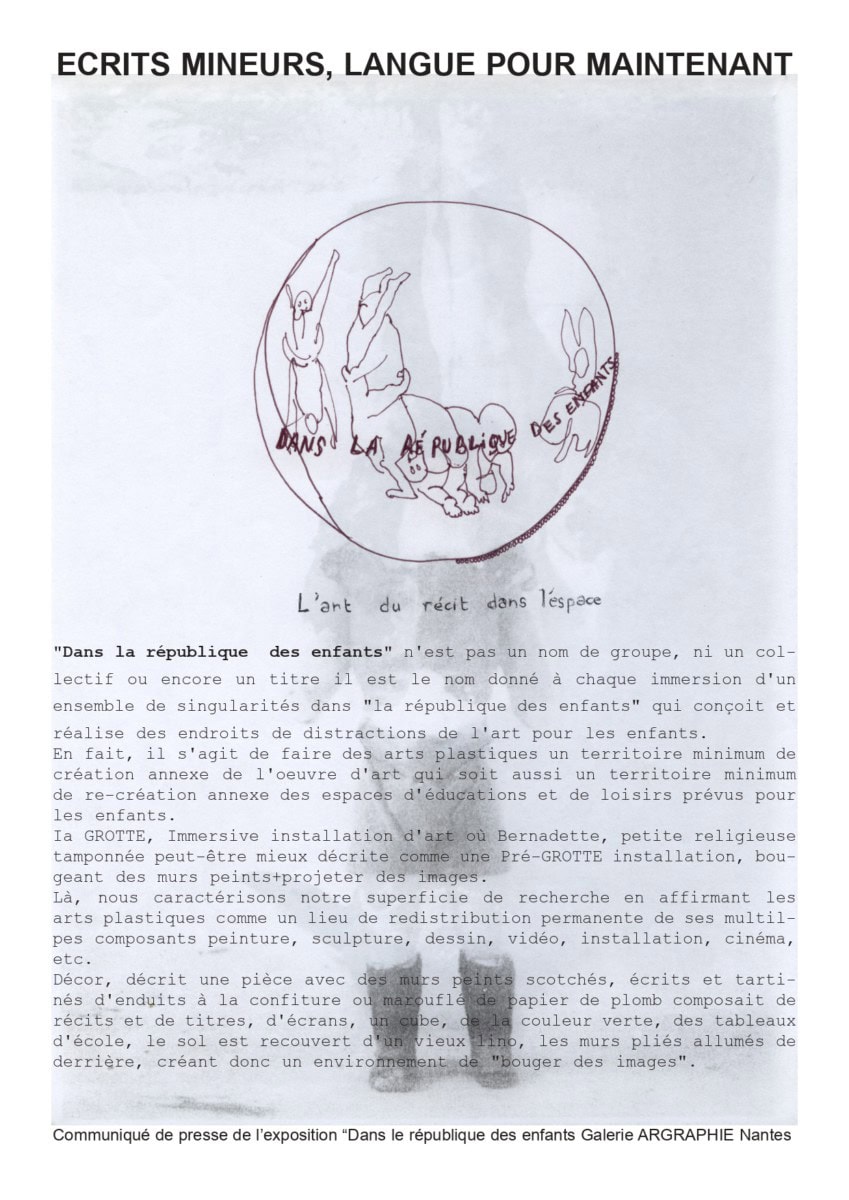The Theatre of Plastic Language
First Manifesto of Fictional Aesthetics
Châteauroux, Bourges, Brussels, Nantes, 1990-1997
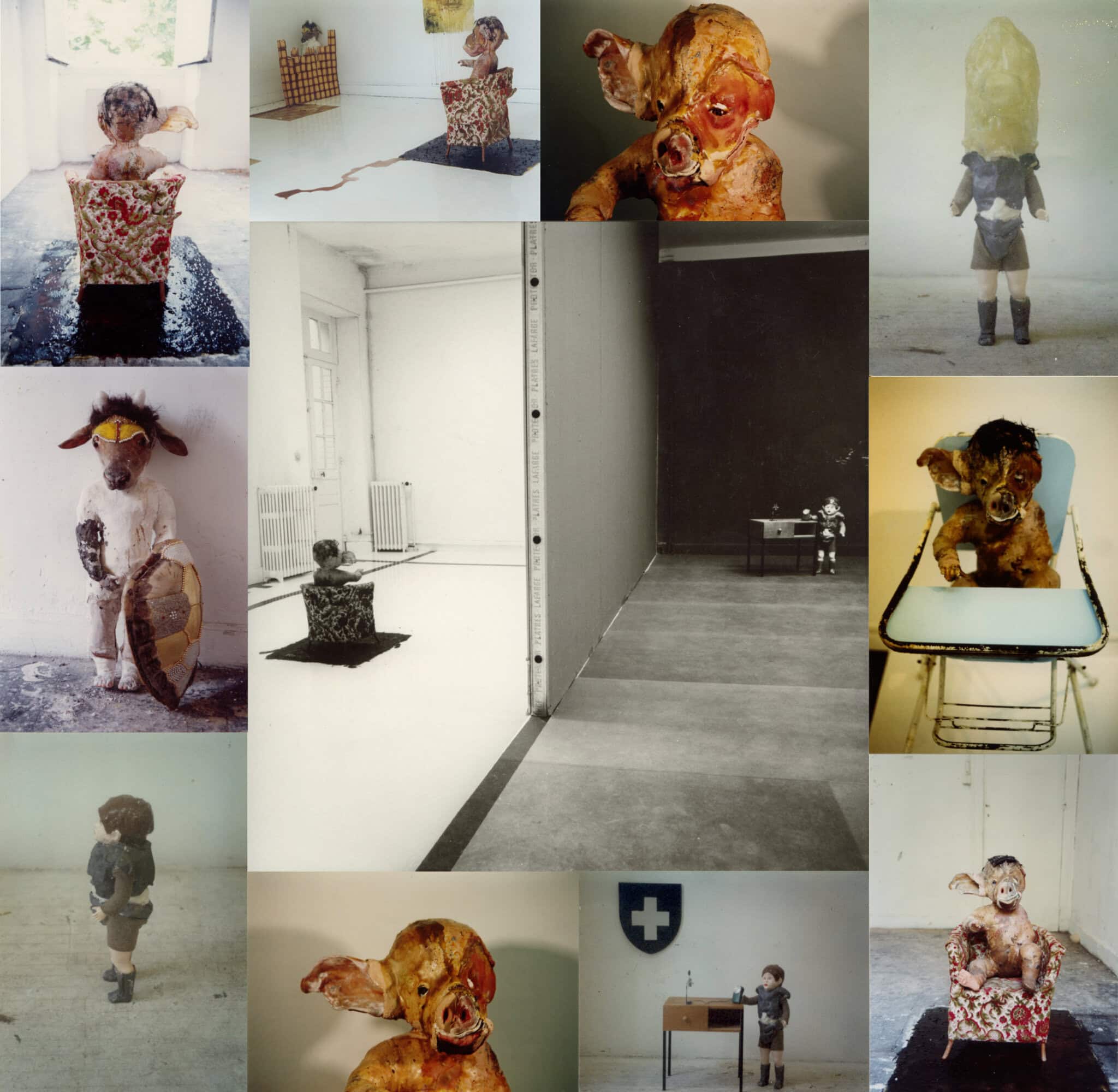
"I DECLARE WAR ON..." FORTIFICATION OF TREES
The figurines sculpted from a distance, where each becomes the satellite of the other, end up fixing themselves eternally at the threshold of all relations to act as satellites.
Like the characters in Ferdinand Bruckner's play, Le Mal de la jeunesse,The self-sufficient nature of their intelligence means they only intersect at the threshold of conflict and fraternity. Not cowardly enough to step back, not brave enough to move forward.
In such a world, the assassin is the last human being to seek contact. And assassination, conflict, become synonymous with humanity. Without contact, there is no conflict; without contact, the human dies within man. Consequently, this means that war is the last refuge of what is called human. For war is contact, war is dialogue, war is free time. With the destruction of contact, and even the need for contact, only one word becomes possible :
"I DECLARE WAR ON..."
This impression is neither an invention nor a distortion of the text; it is a drift beneath the text that introduces the monstrosity of autism and makes the text resonate differently. Or, to put it in tragic terms, it builds around each being a wall with which they surround themselves to isolate from the real world. Yes, the text constantly vibrates because of this fault of impression.
FORTIFICATION OF TREES is already a proposal for the staging of plastic theater, which pulls the text towards its most monstrous side: from the disintegration of human relationships to the mechanism of murder.
The Theatre of Figurines
“At the start, as a student, I built the theater of plastic speech, which presented inert characters, figurines modeled on dolls with the proportions of young children, transgressing the figures of pupil and teacher at school. For example, four hybrid figures - the schoolboy warrior, the child pig, the child sheep, the warthog engineer - were staged, held at equal distance from each other, blocked at the threshold of all relations. Not cowardly enough to take a step backwards, and not brave enough to take a step forwards. This scene of plastic theater anticipated the dehumanization of relationships between teachers and students. The sets were painted, taped, written on, spread with jam plaster or marouflaged with lead paper, made up of stories and titles, screens, the green color of school boards, the floor covered with old lino. These scenes were also conceived in their fabrication as a liberation from small school equipment, creating an inverted pedagogical environment.
It's here, within these spaces, this environment, that I intervened by declaring :
_He who cannot speak, let him sing !
_ He who can't sing, let him whine !
Now, if I were to speak as a director, I'd say that in such a world (i.e. a world where there is no longer any contact, this society without links that I mentioned earlier, where communication has become the illusion of communication and culture the illusion of thought within knowledge) I interpret the last human being to seek contact. That the violence of speech combined with stuttering speech (which I described earlier as a syncopation of language) attempts to make works speak.
In other words, this word, once combined and pronounced in front of the works, through a genuine act of transmission, which I call “from the missing word to the current word”, playing the teacher's posture, served to make the stammering of the works heard at the beginning of their reconquest of language.”
Extract from a lecture by David Legrand on February 14, 2006 at ERBAN (Nantes School of Fine Arts), invited by Xavier Vert.
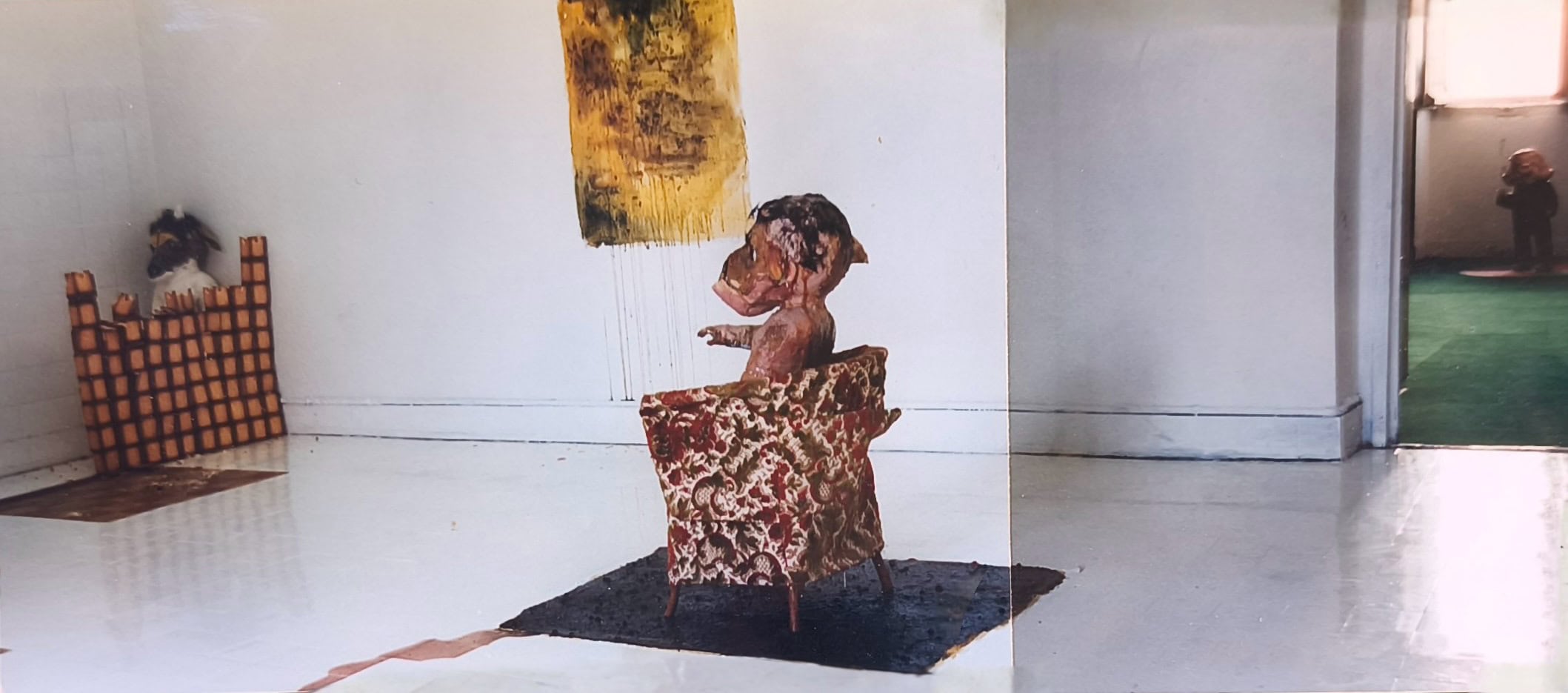
D. Legrand, 1994. Second version of the installation created as part of the DNAP (National Diploma in Visual Arts), Olivettes Workshop, Regional School of Fine Arts of Nantes
View of the exhibition in super 8
Environment for Monsters and Child-Pigss. Exhibition of Valérie Mréjen & Marc Partouche, David Legrand. Gallery of the Marcel Duchamp College. Filmed document on a Super 8 reel by Patrice Thomas, 1995
the unfolded fable
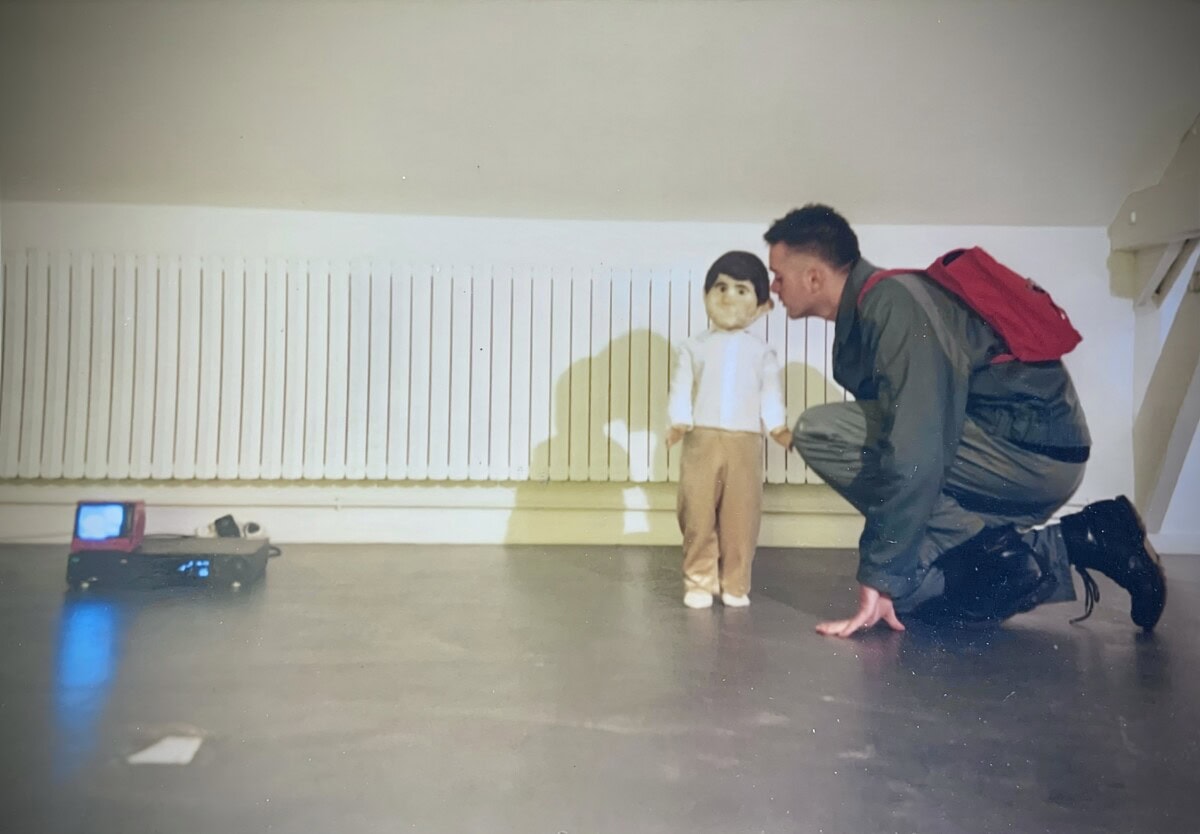
A Story Whispers to a Naturalized Child Finishing of the exhibition The Goodbyes of Paul O'NeilMarie-Antoinette Cazala Workshop-Residency, Marcel Duchamp College, Châteauroux, October 1996.the unfolded fable
